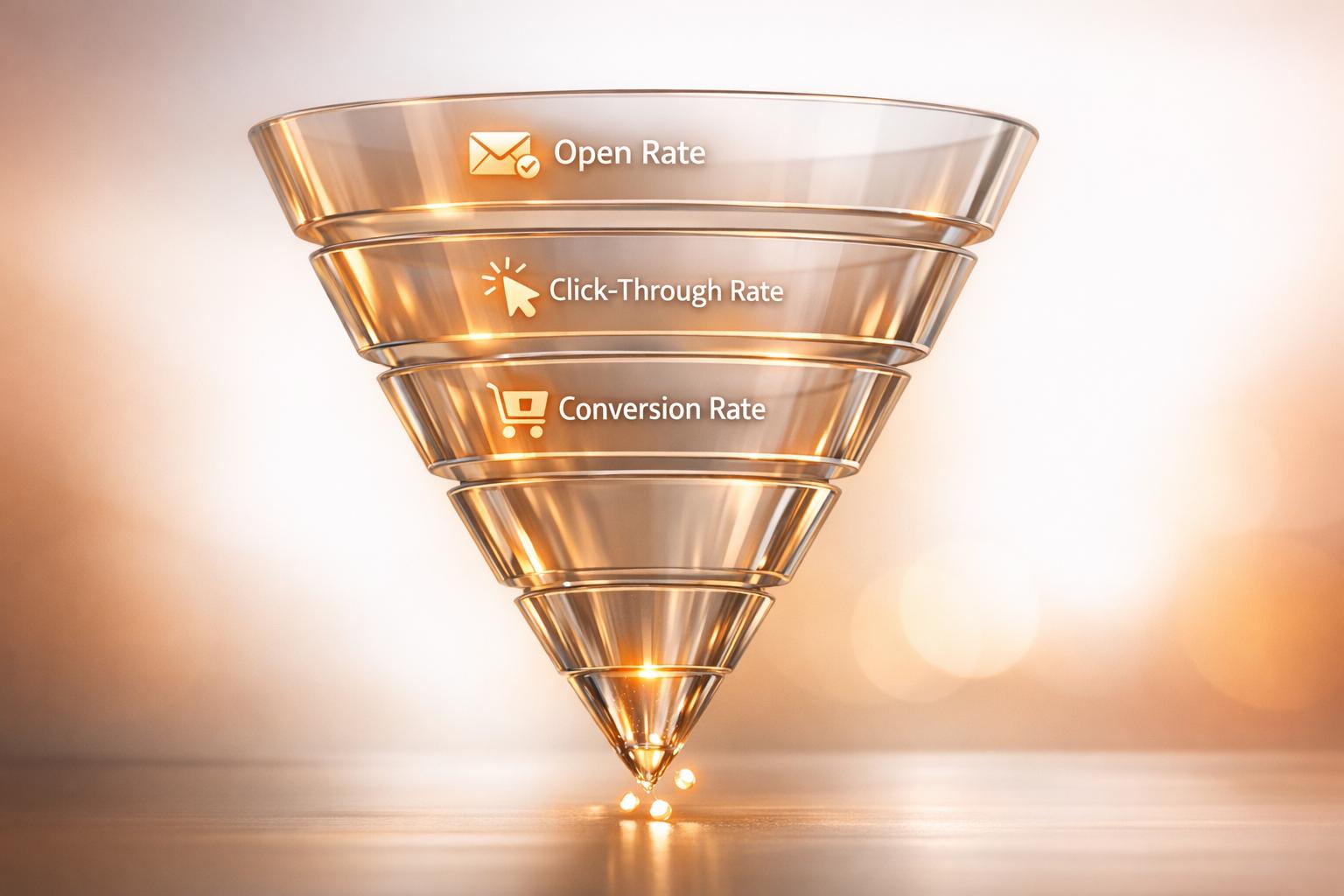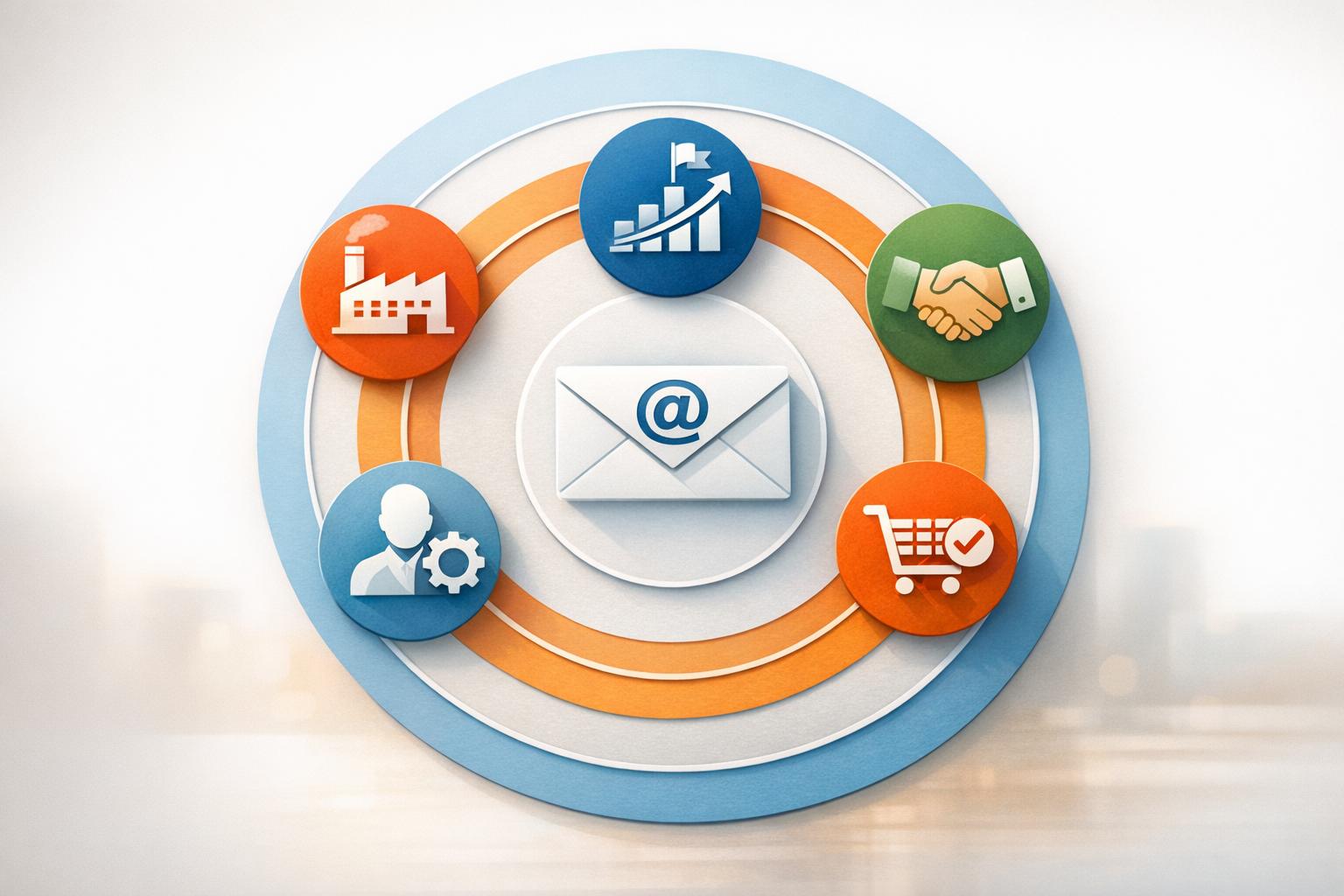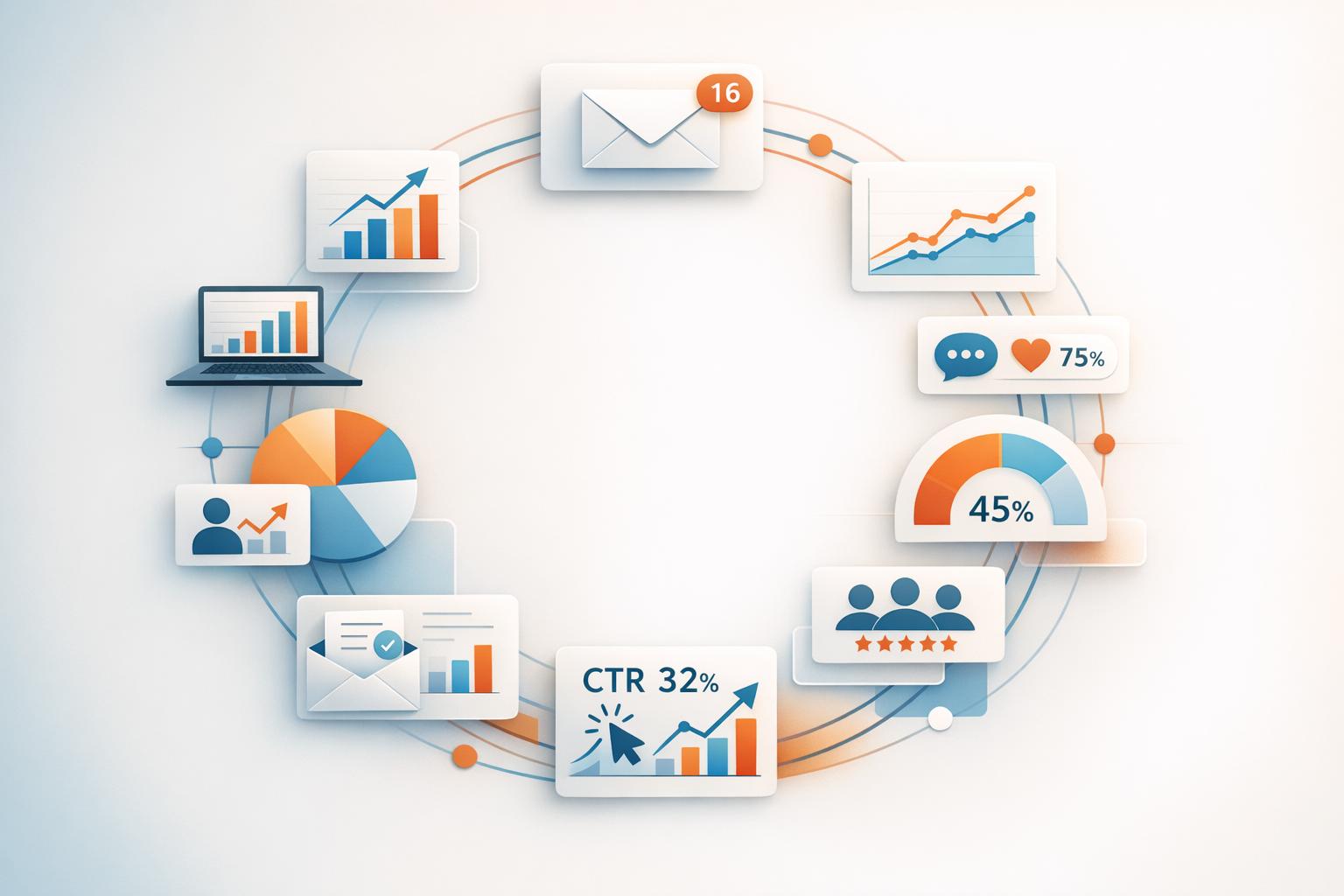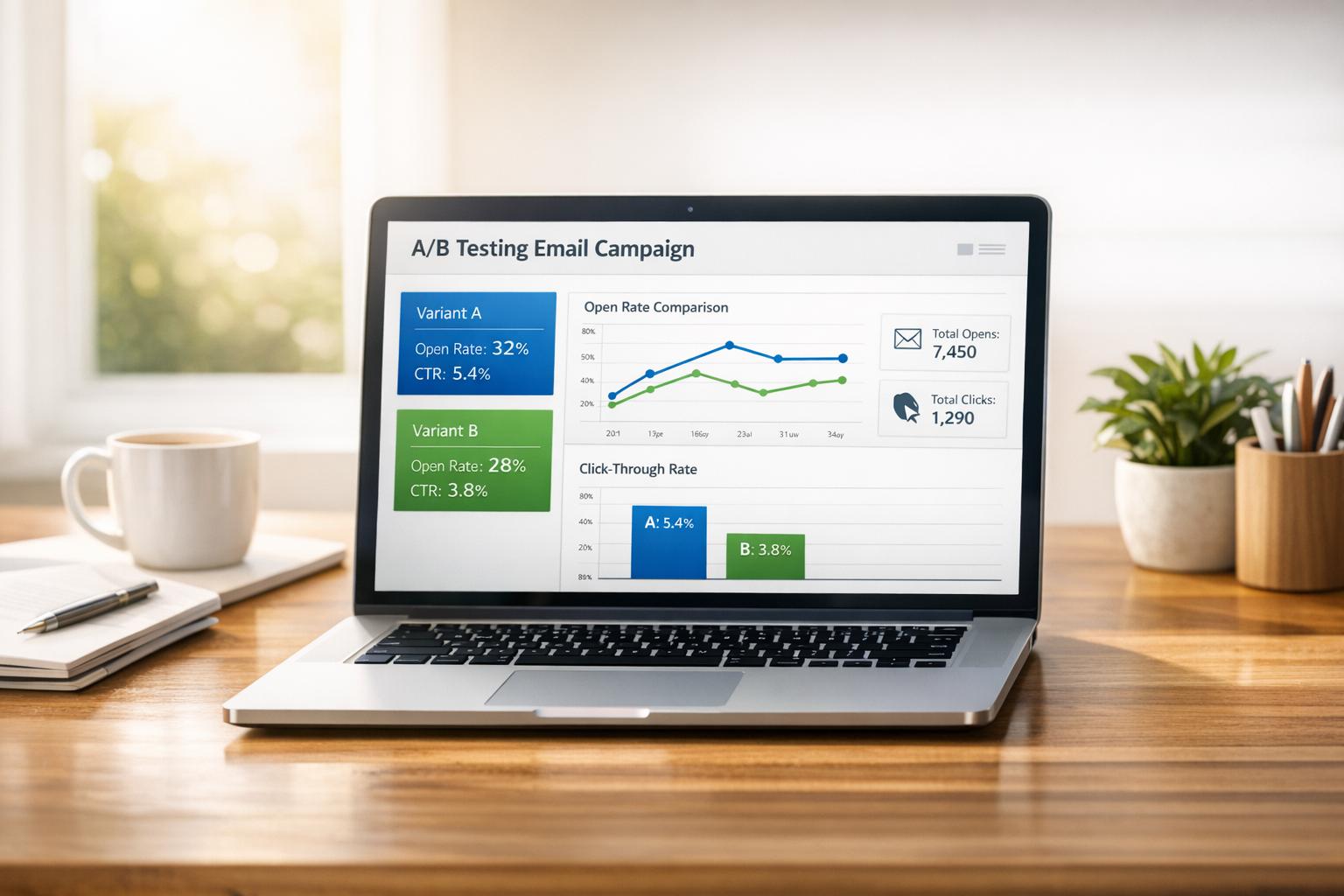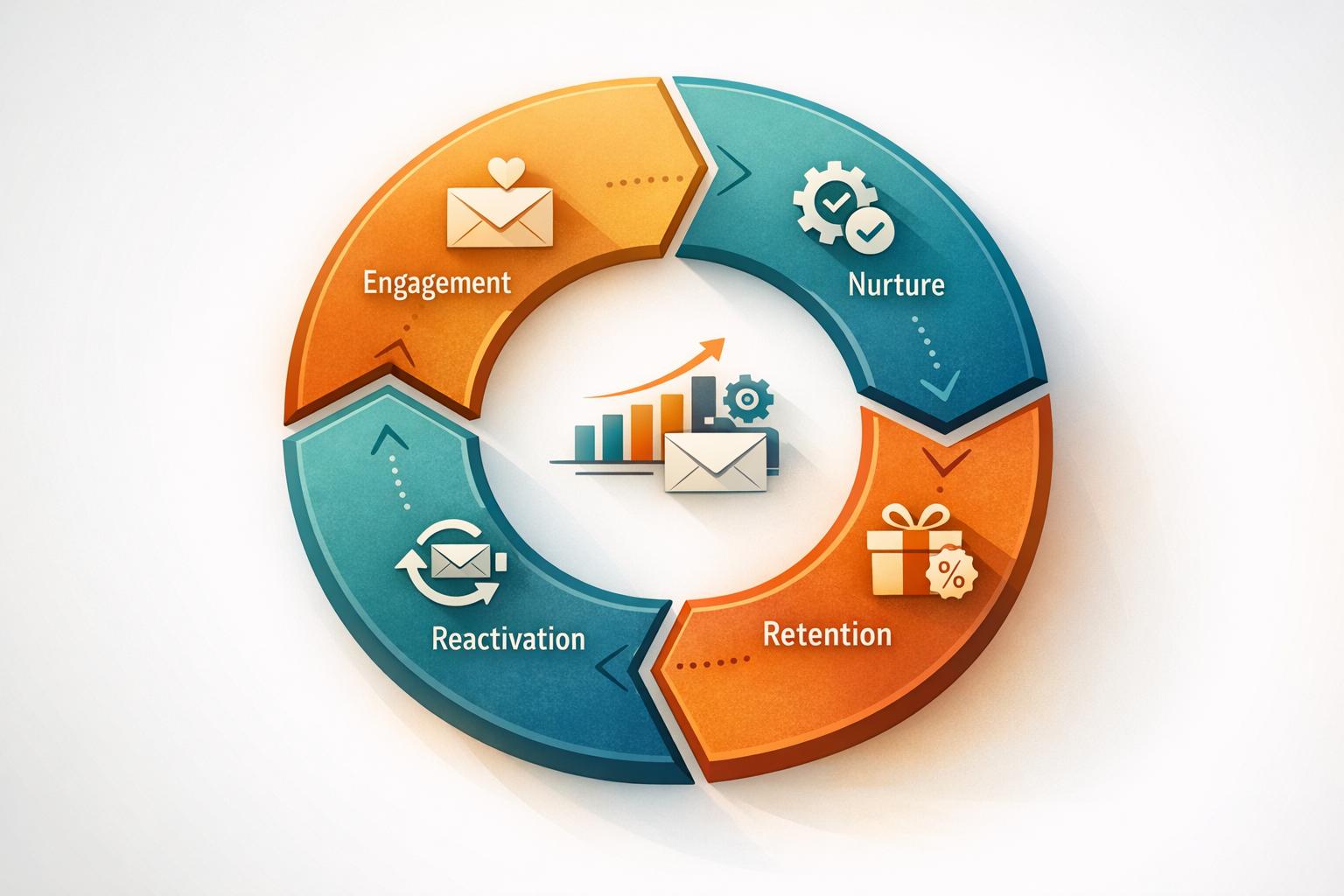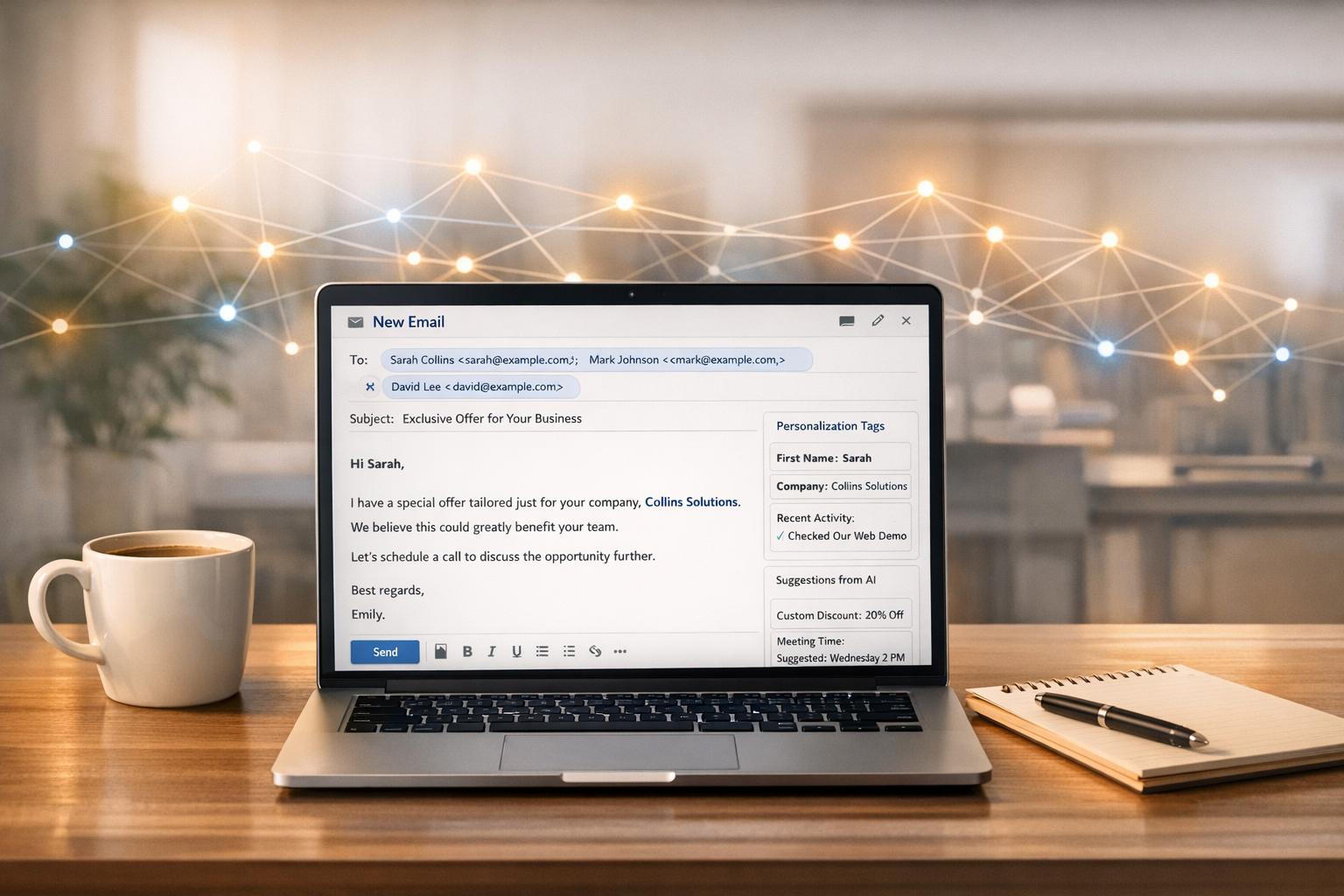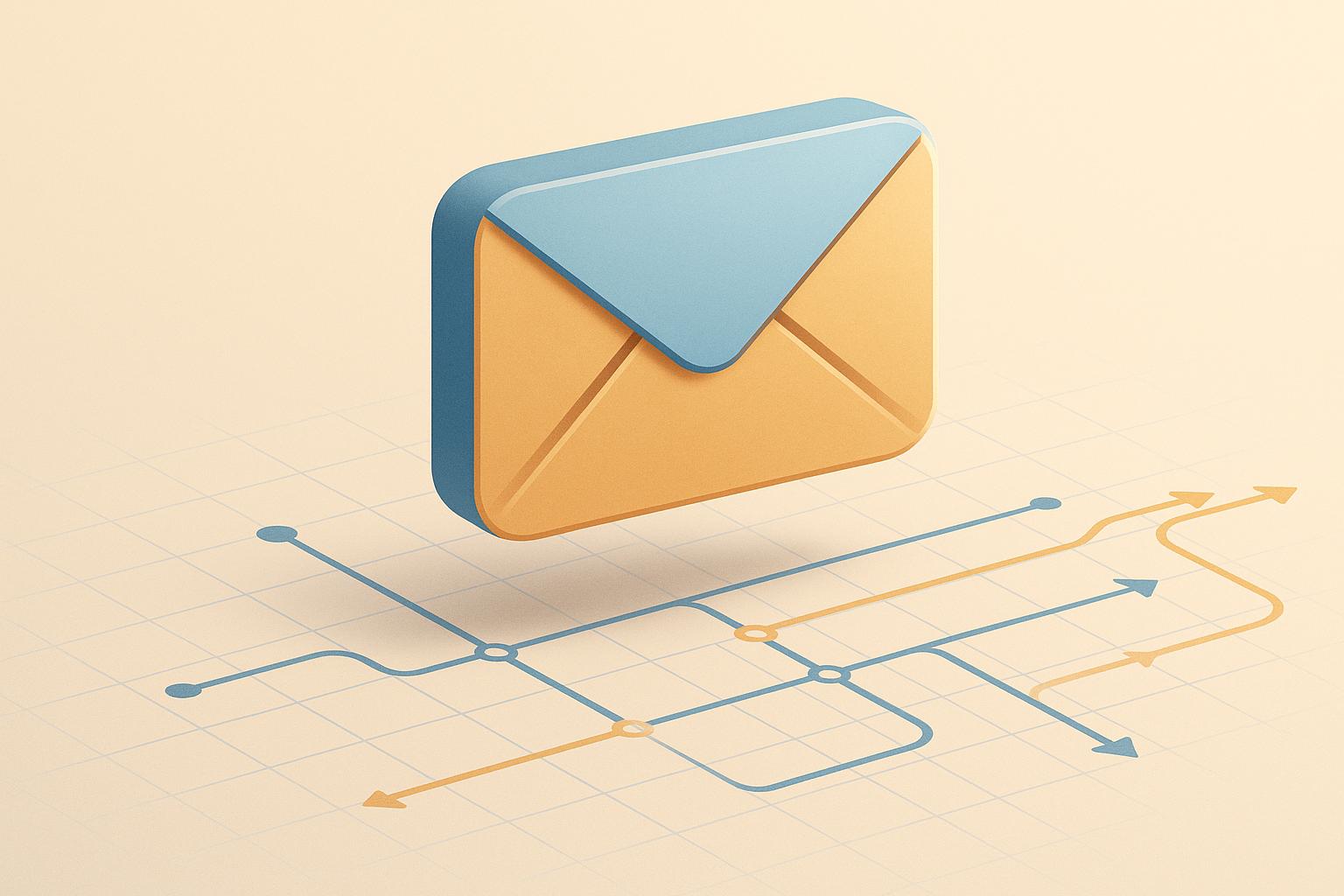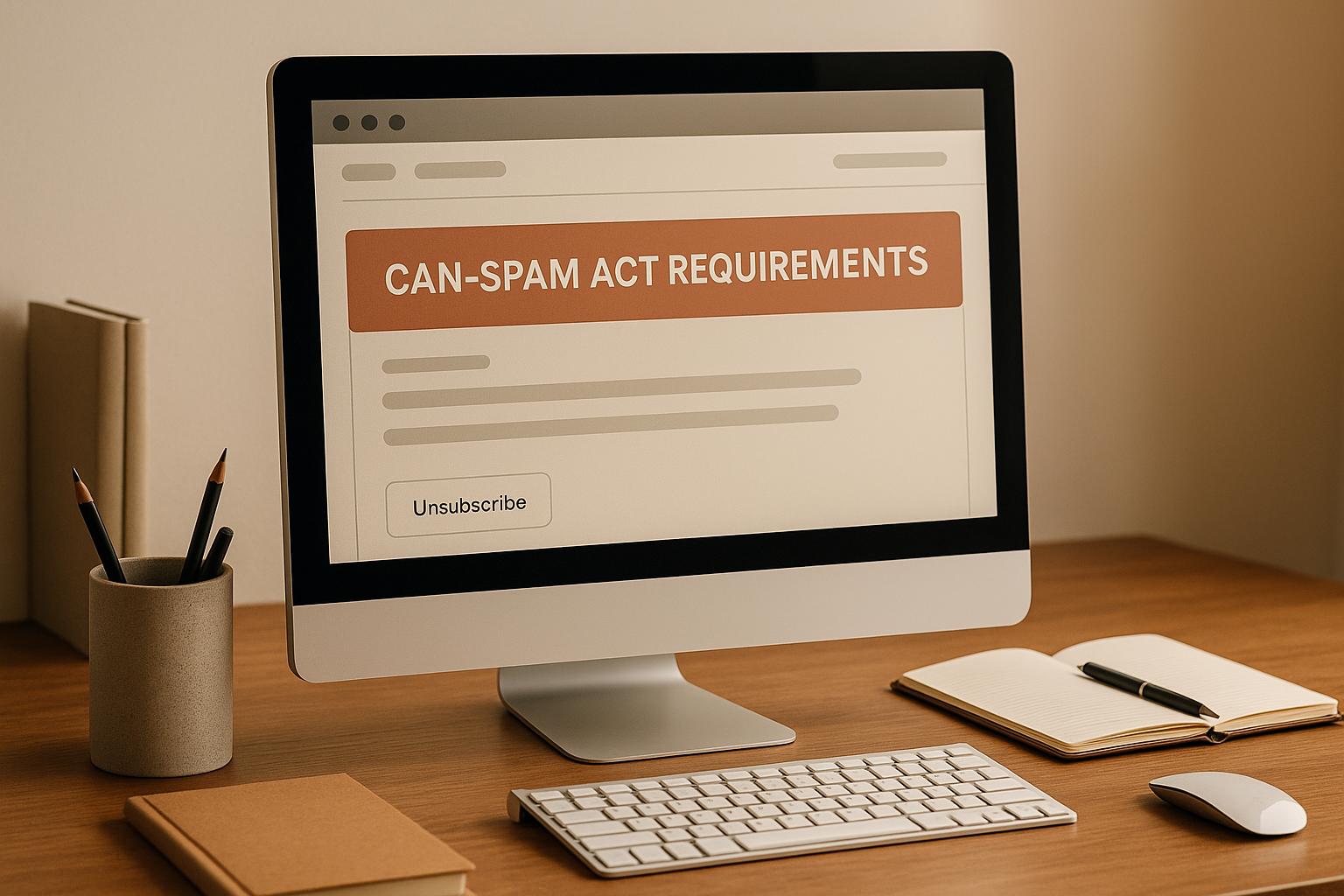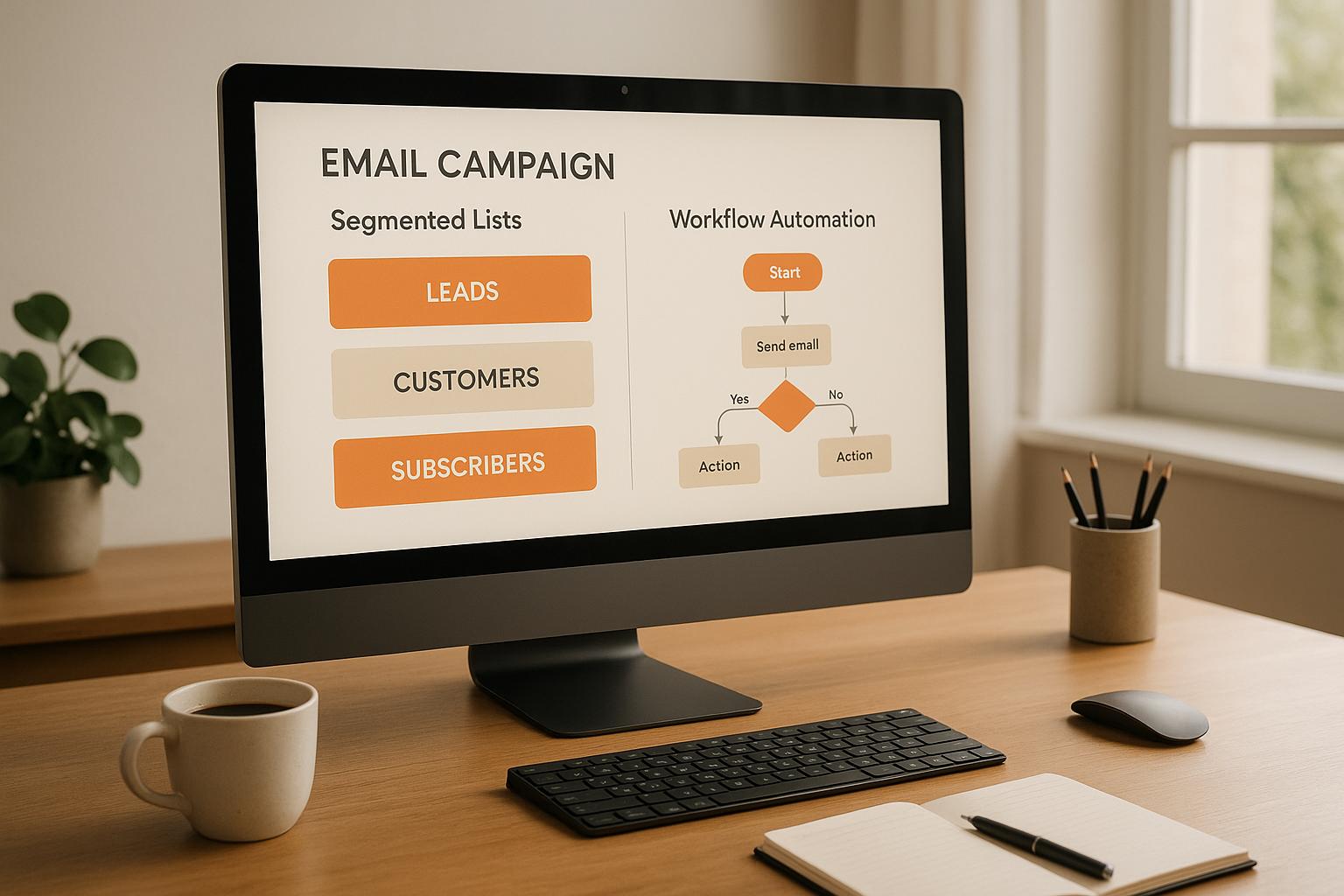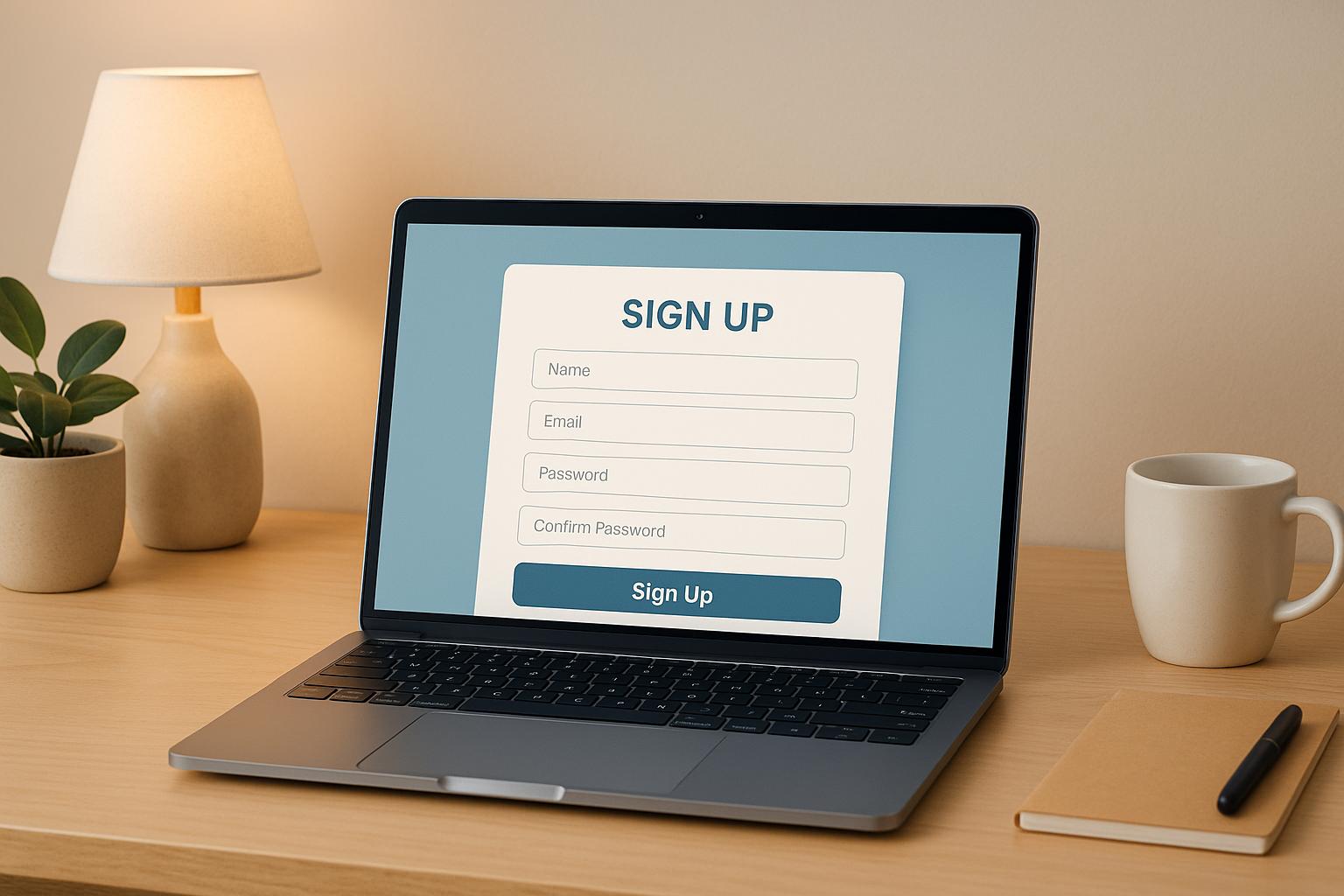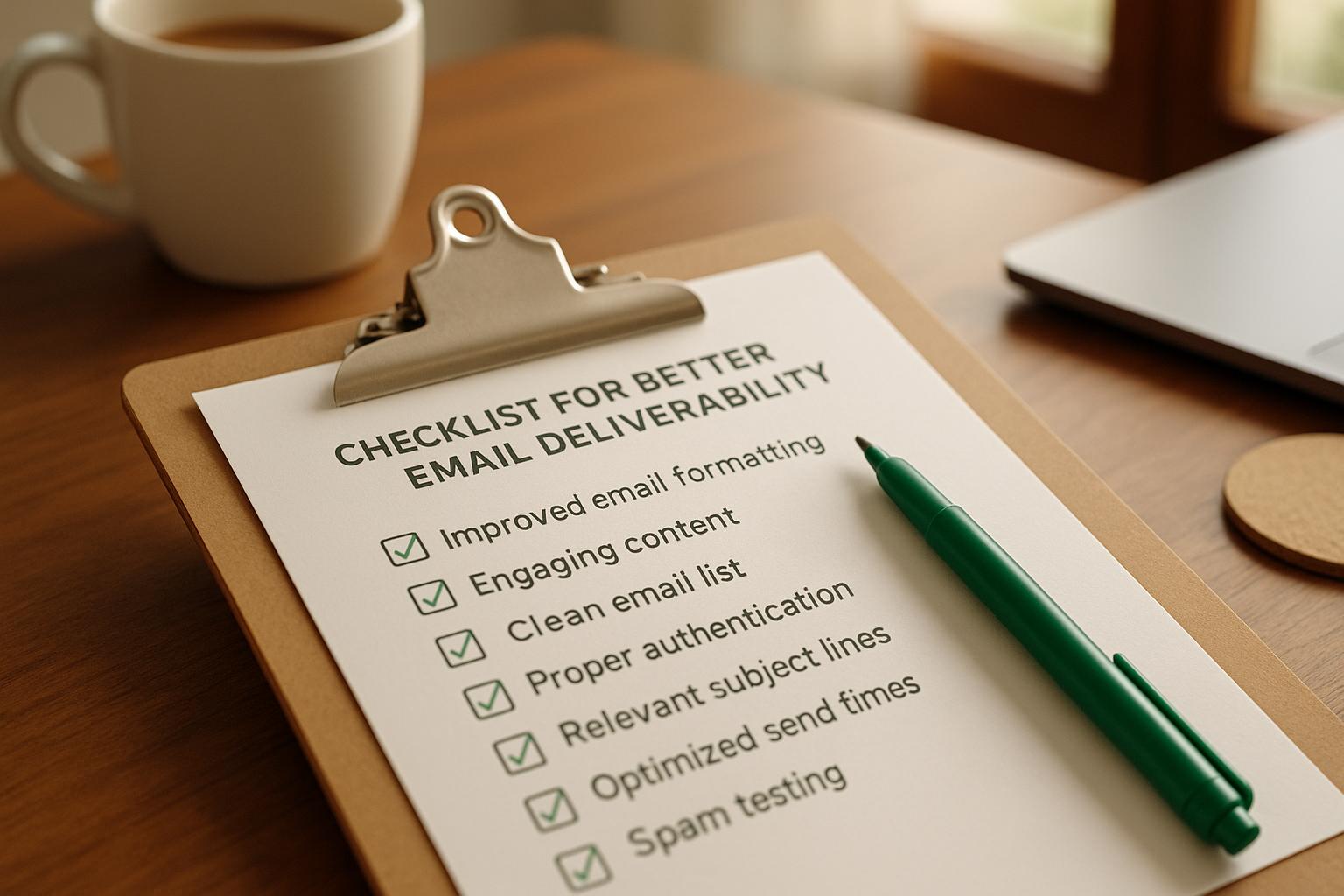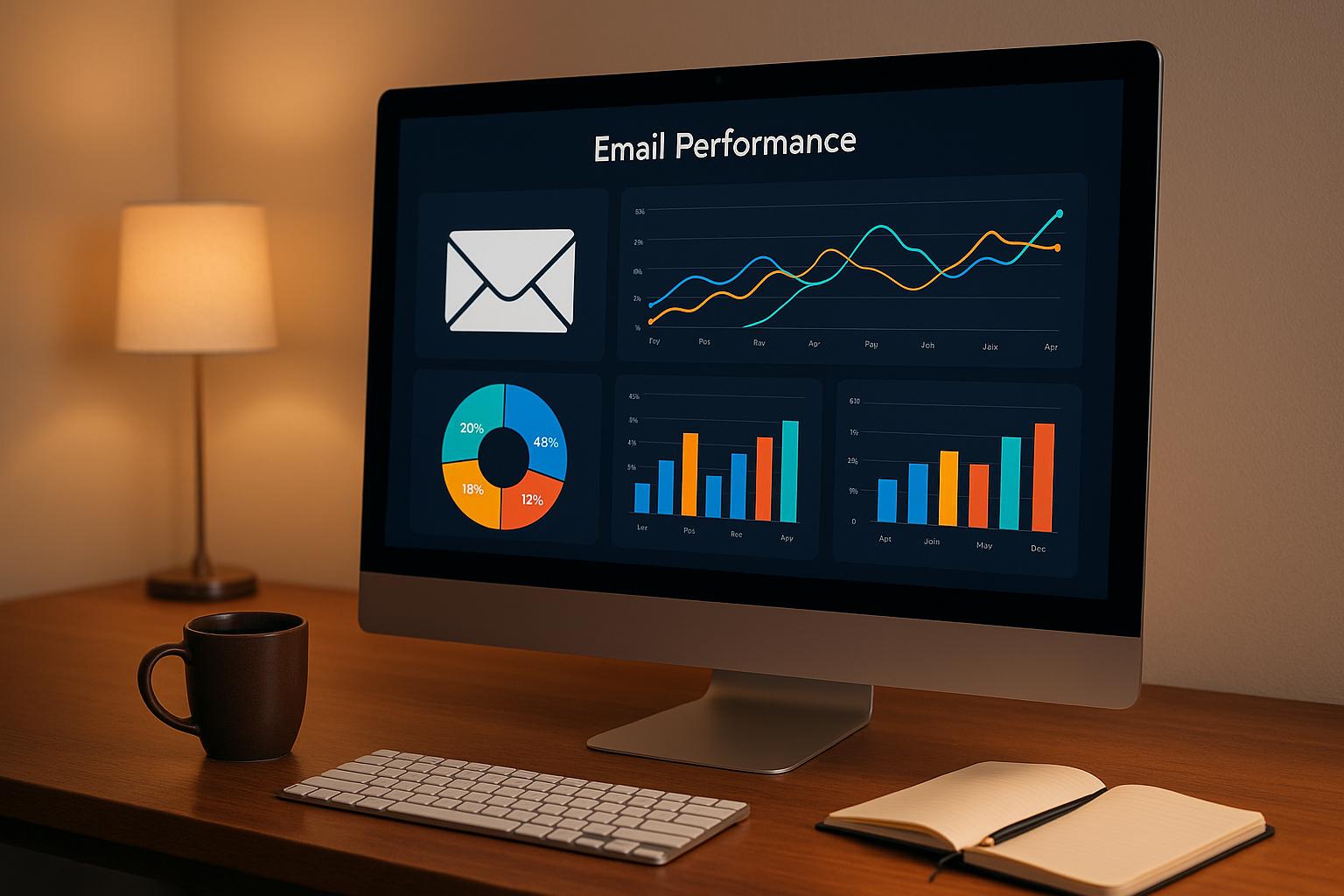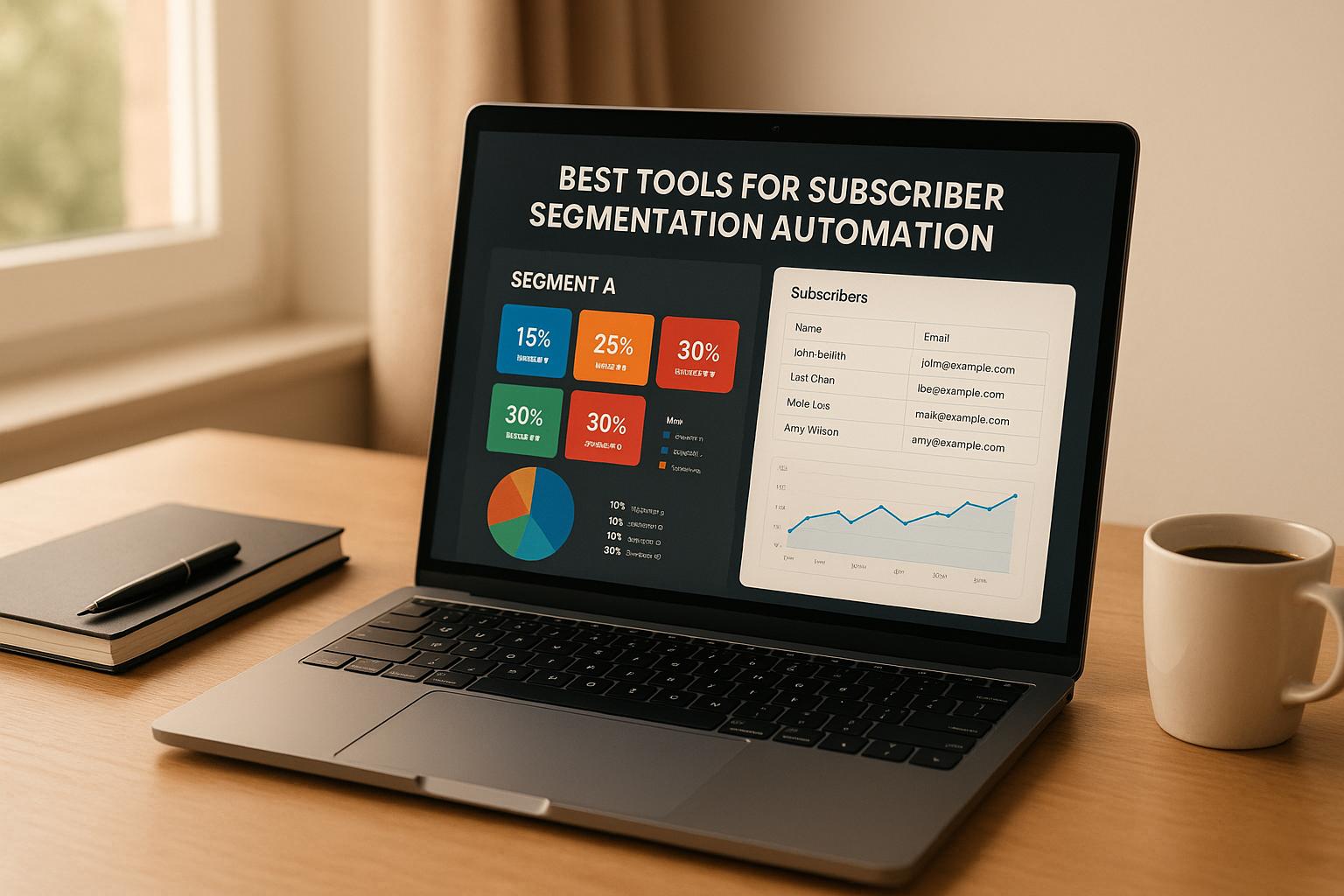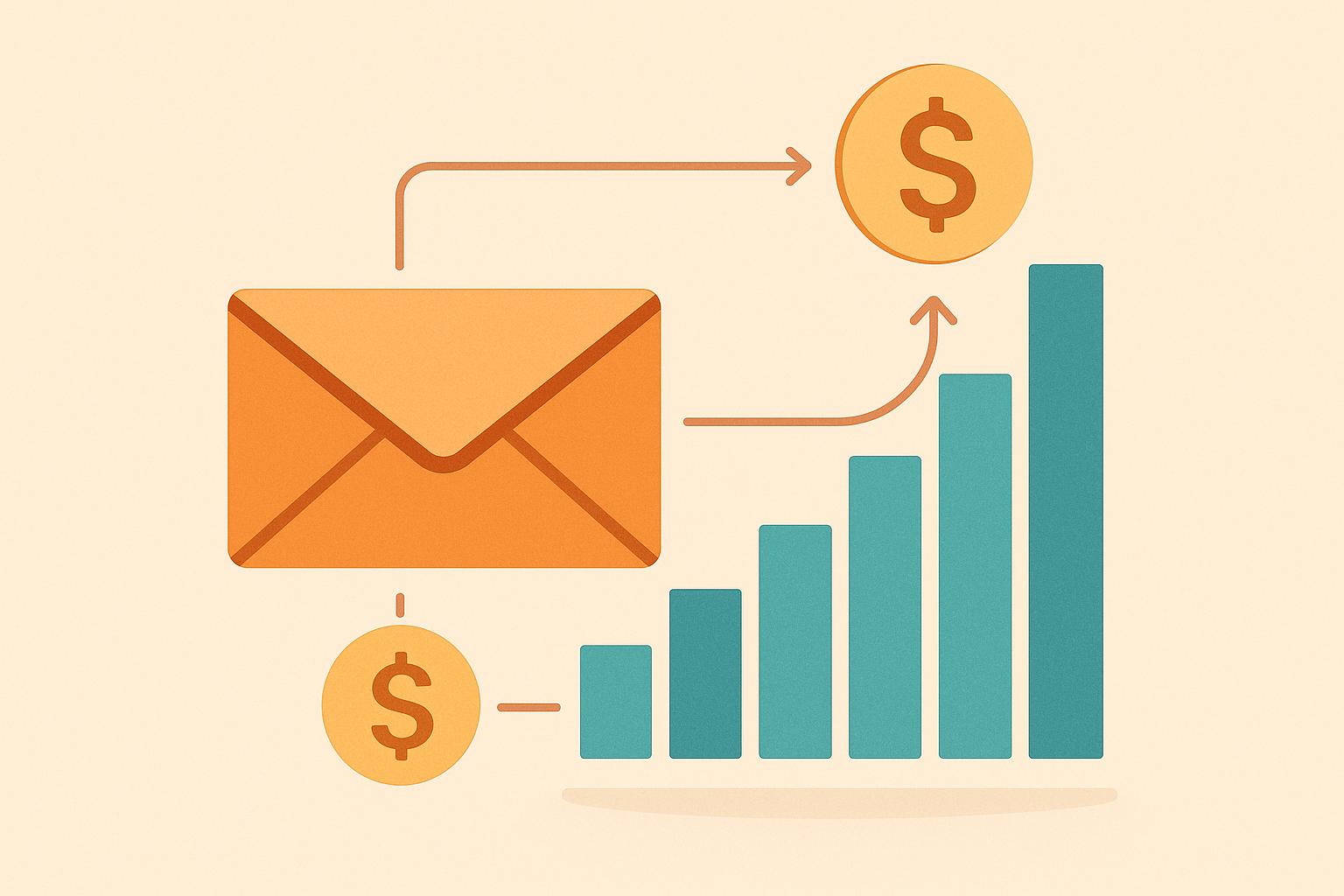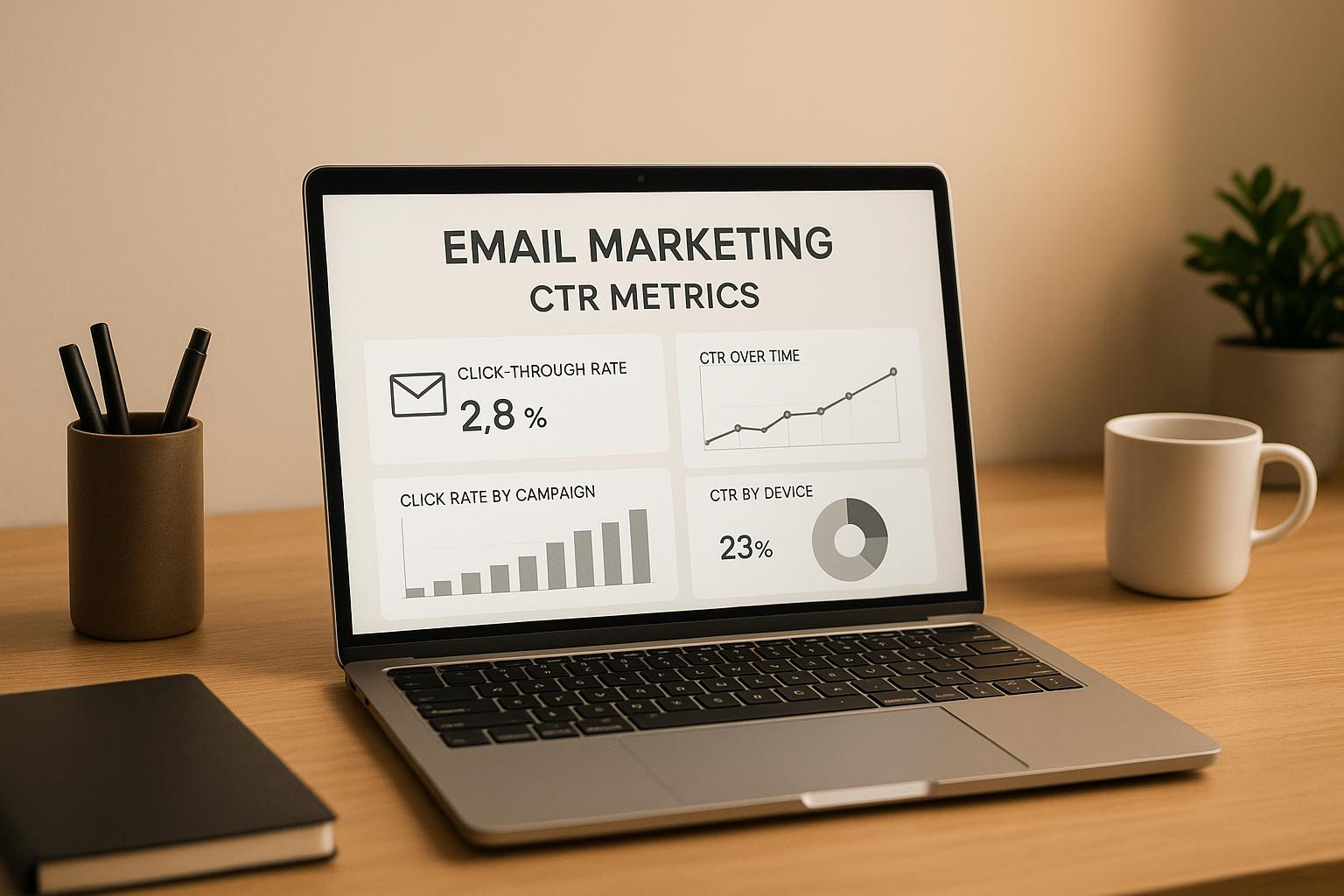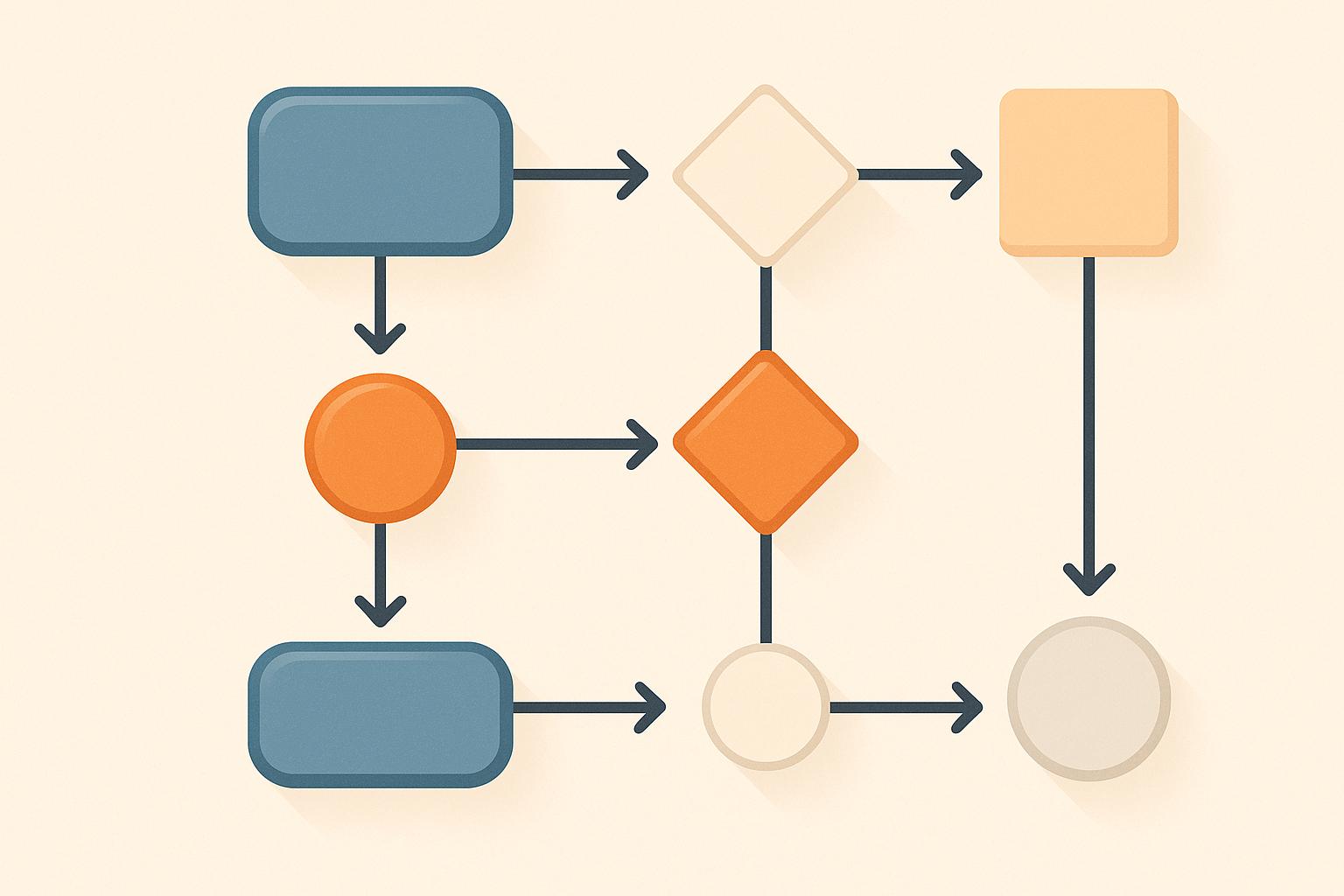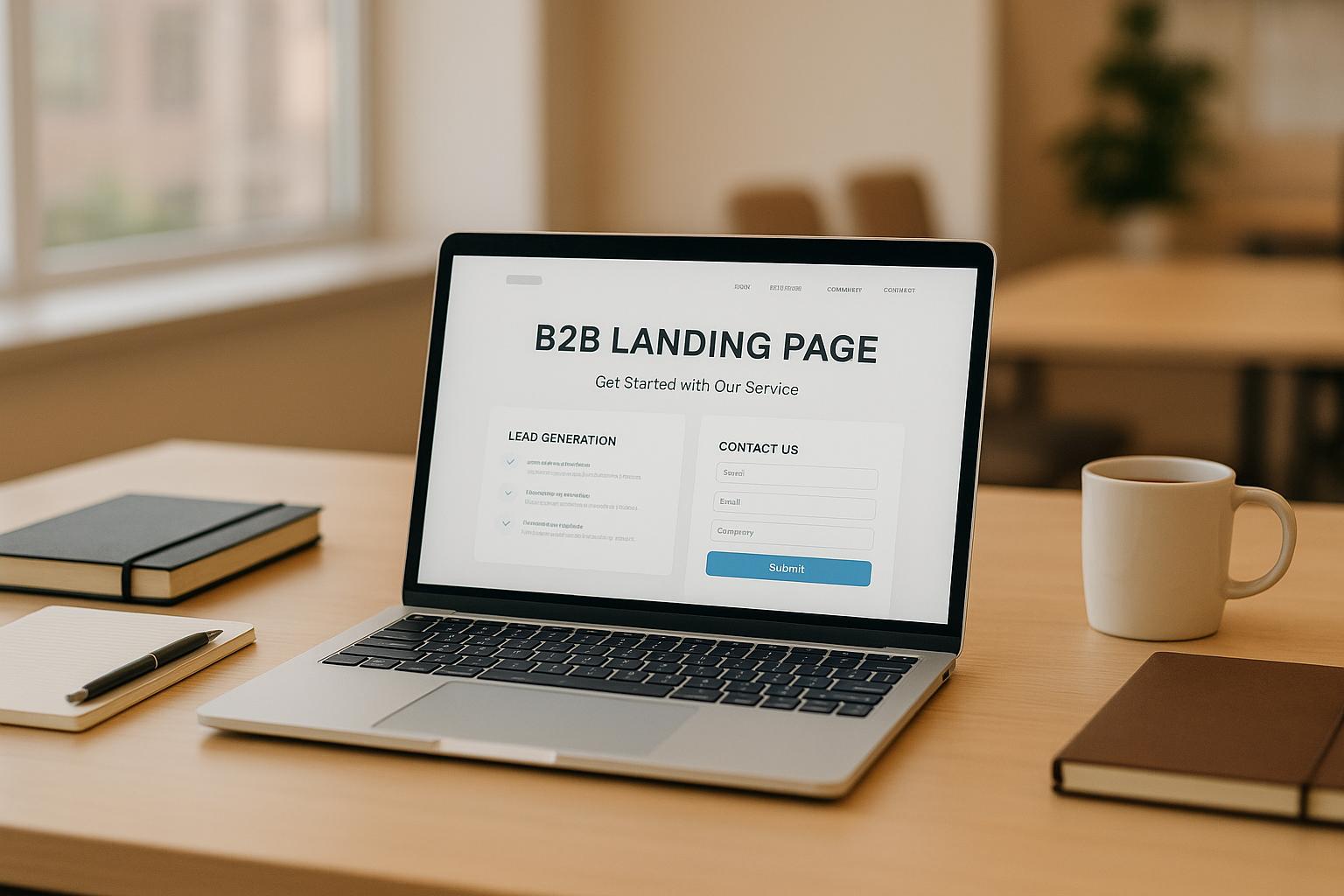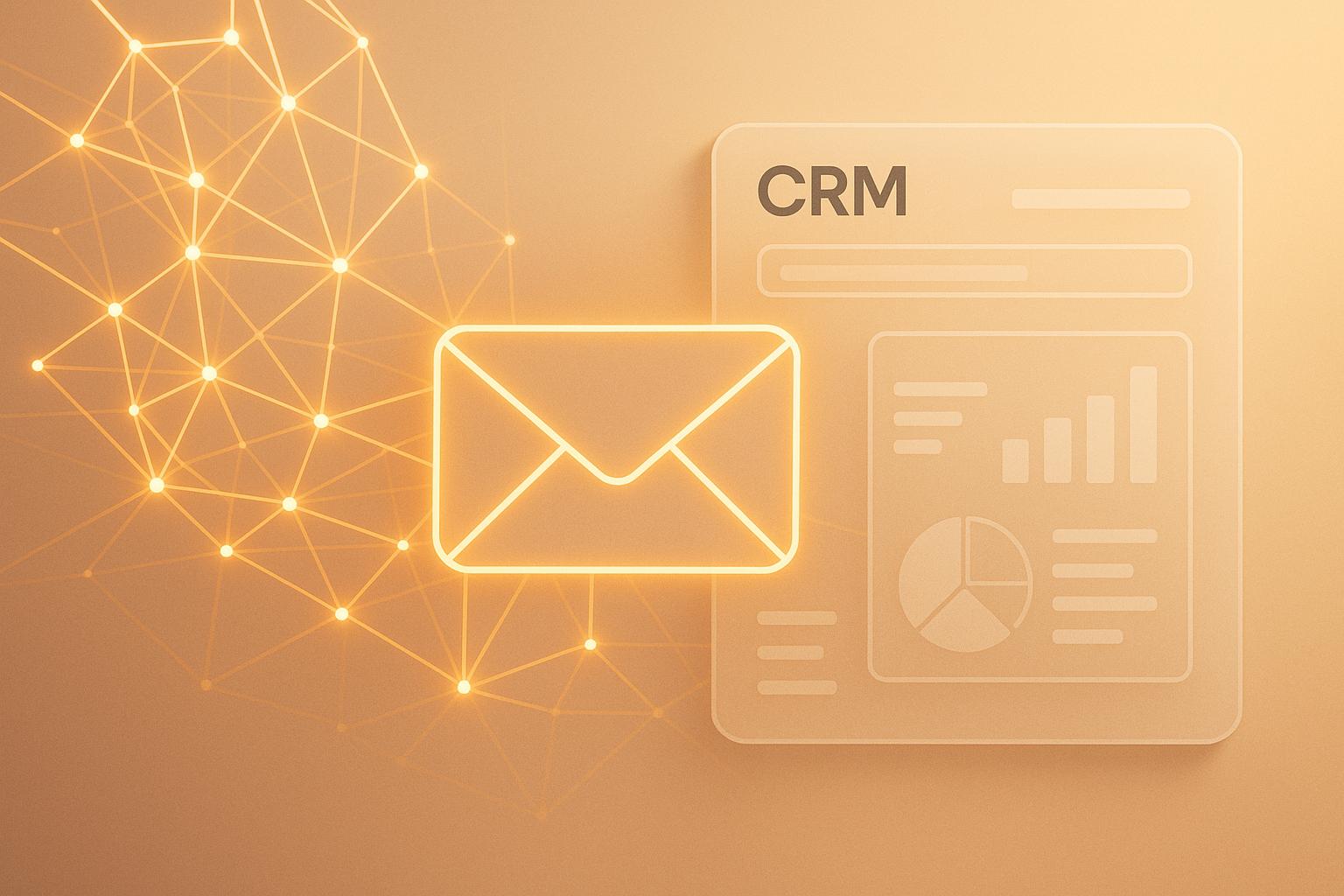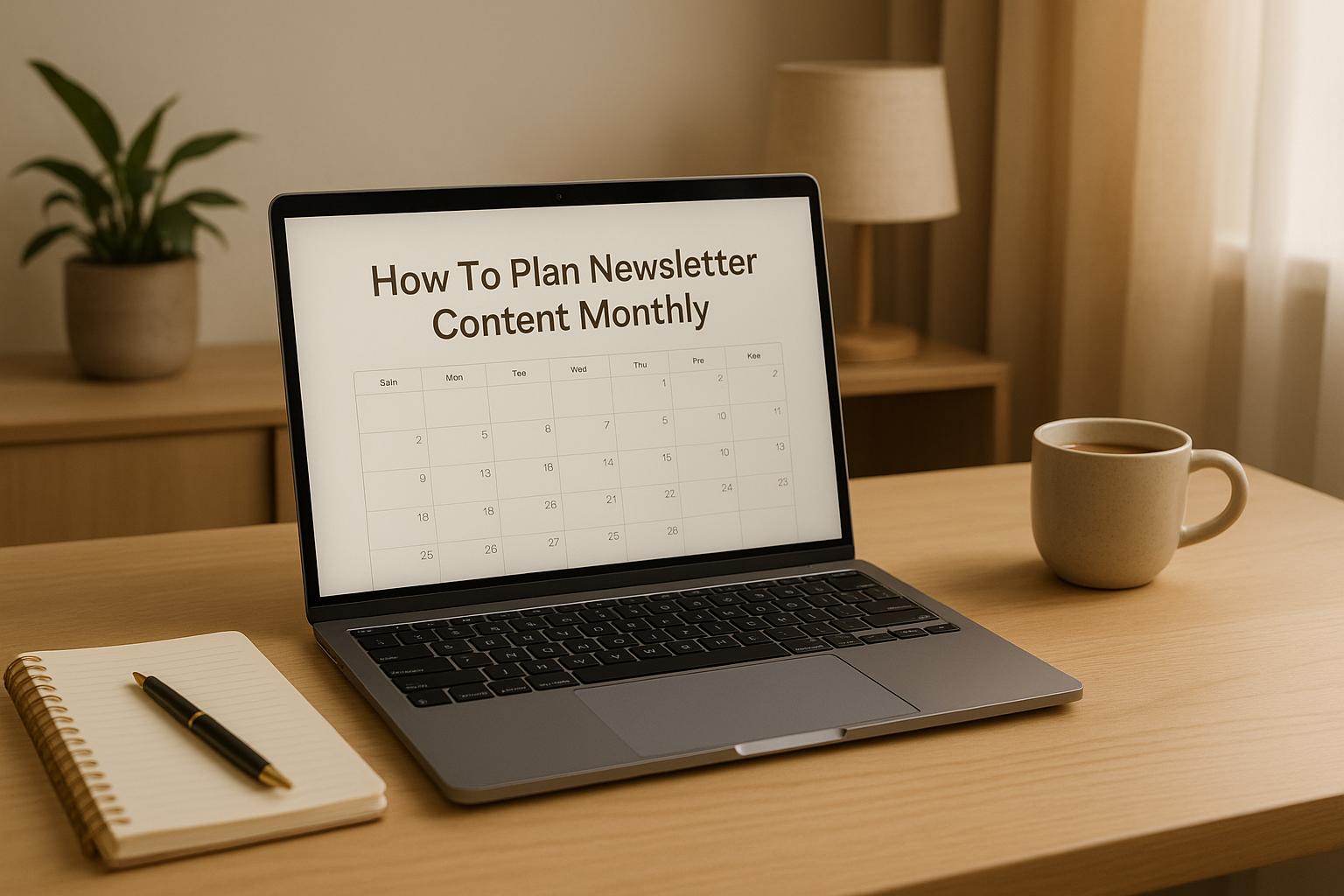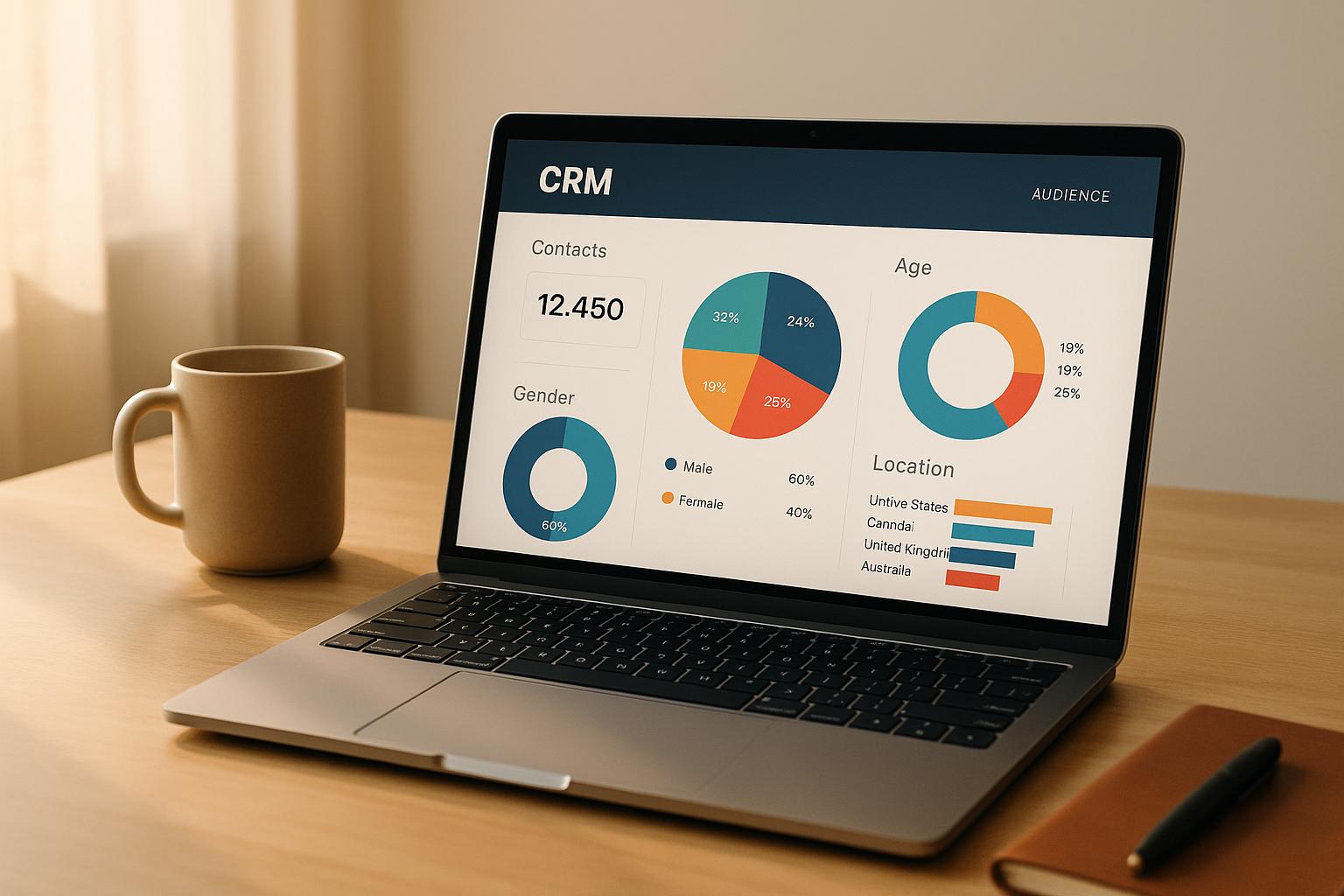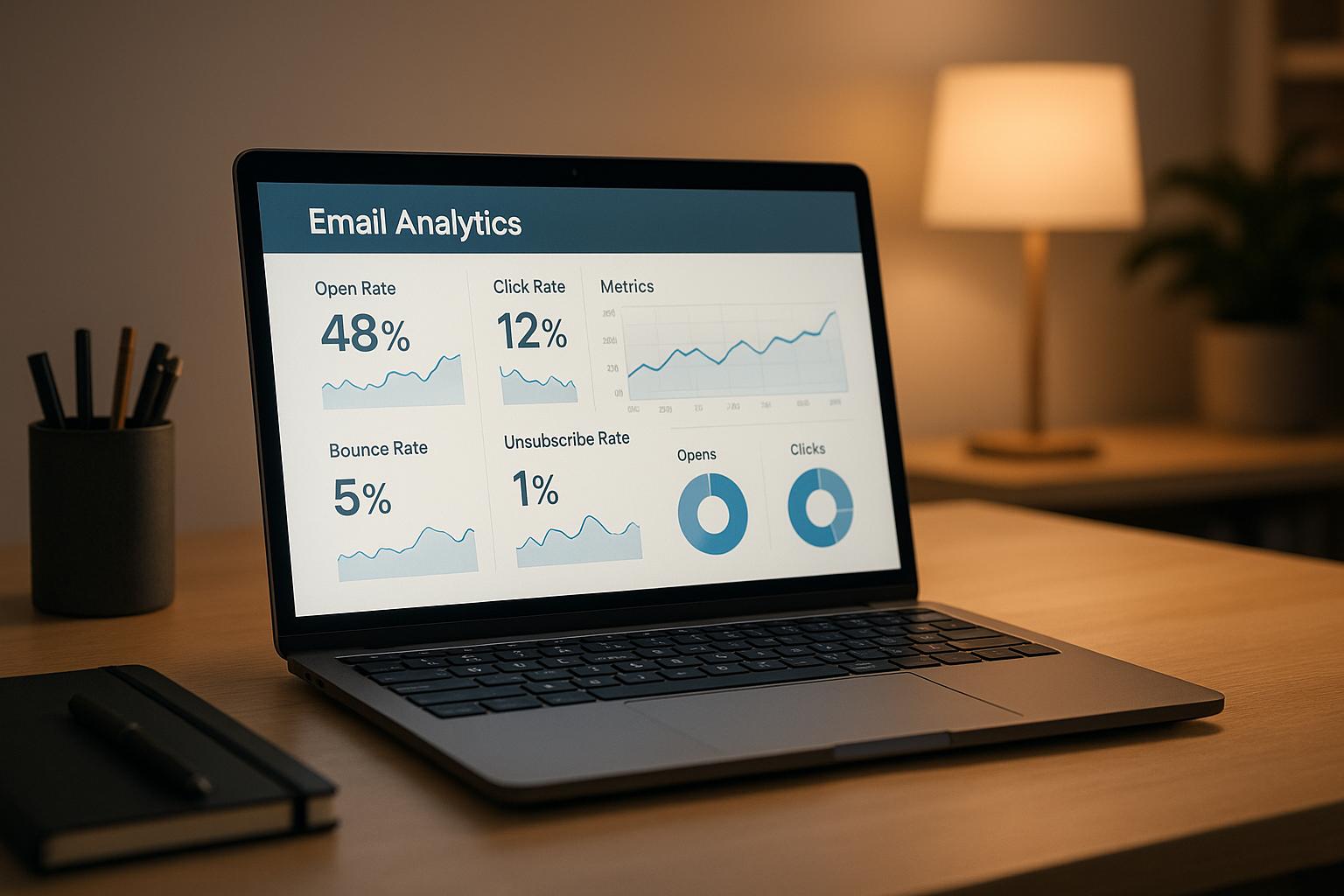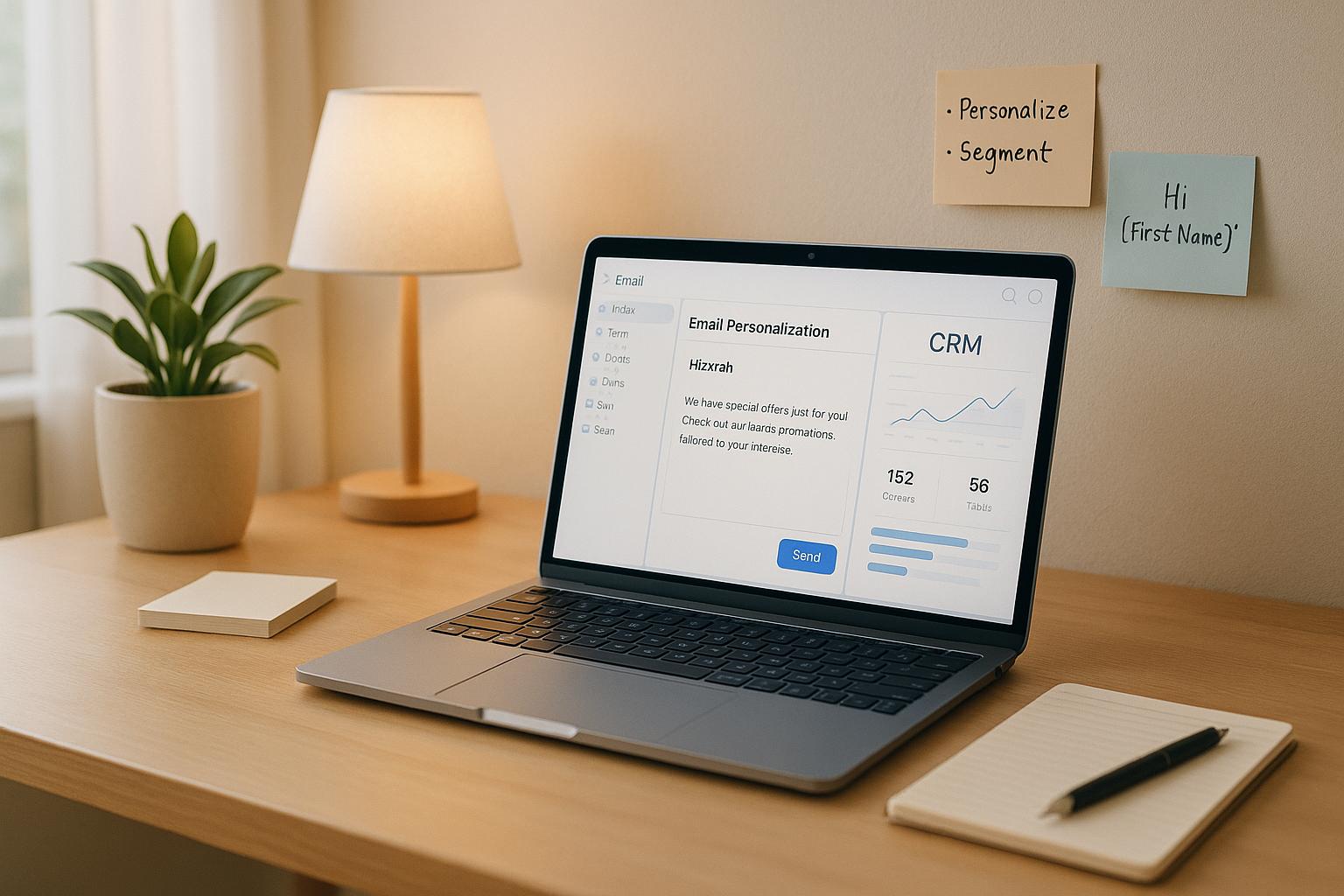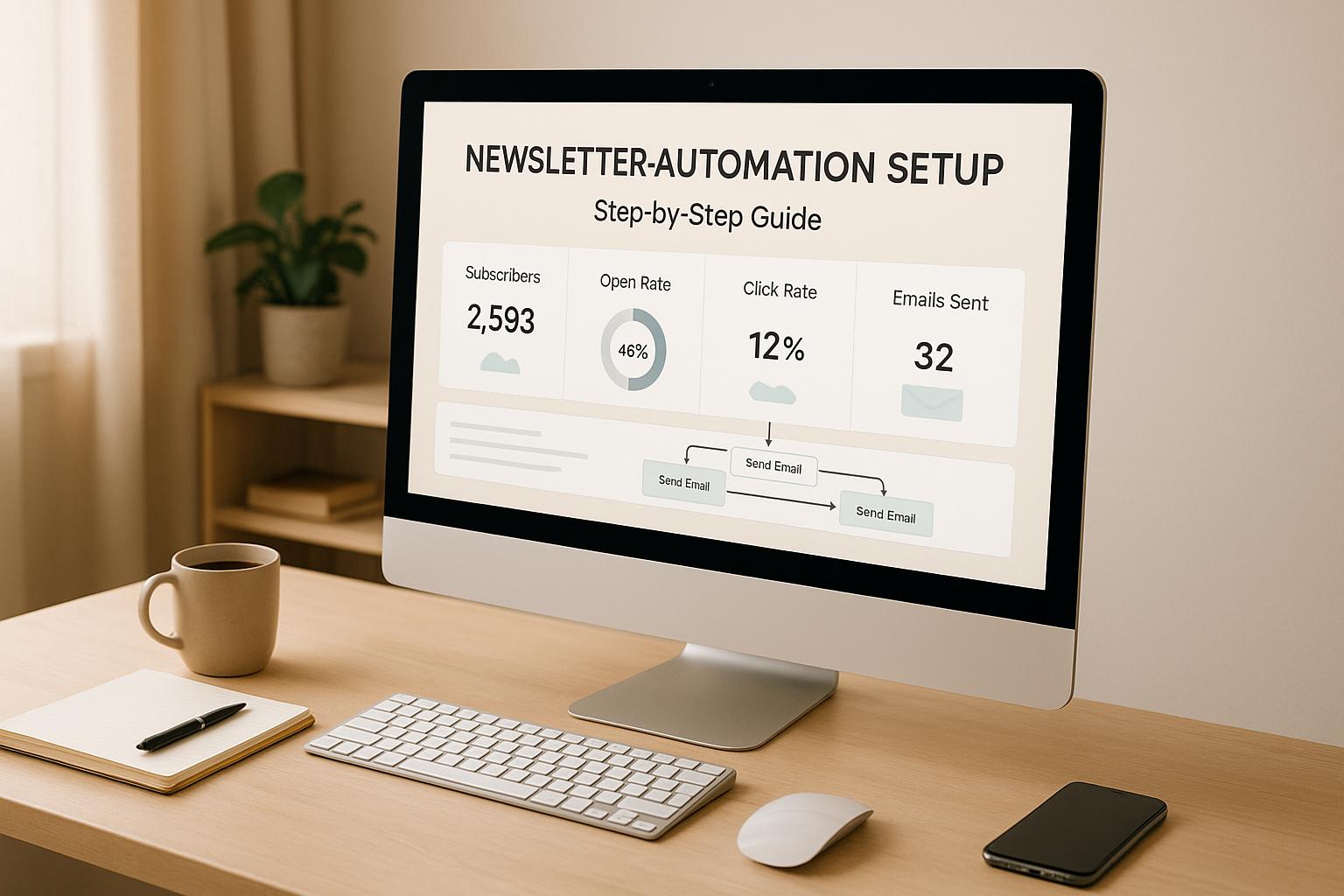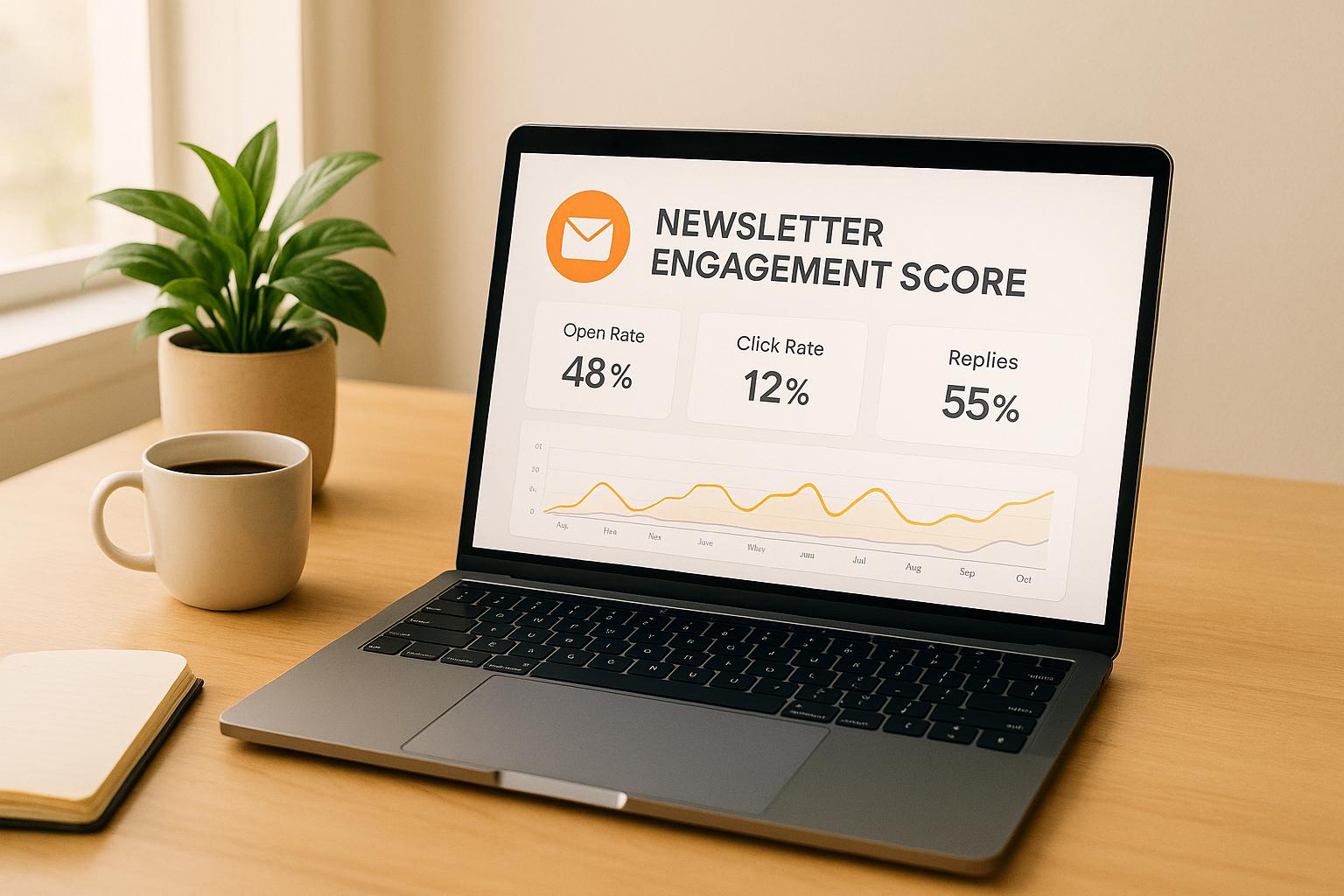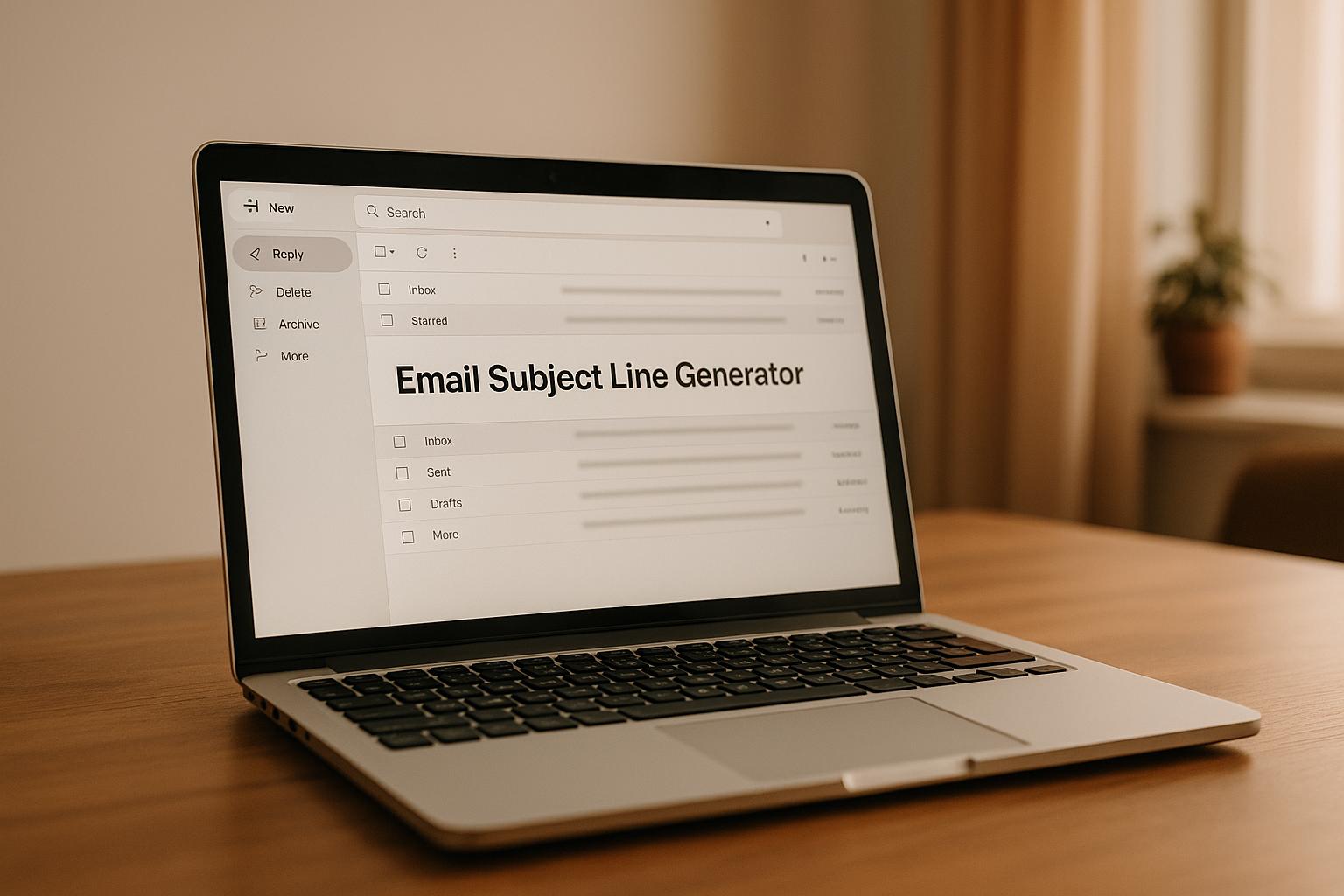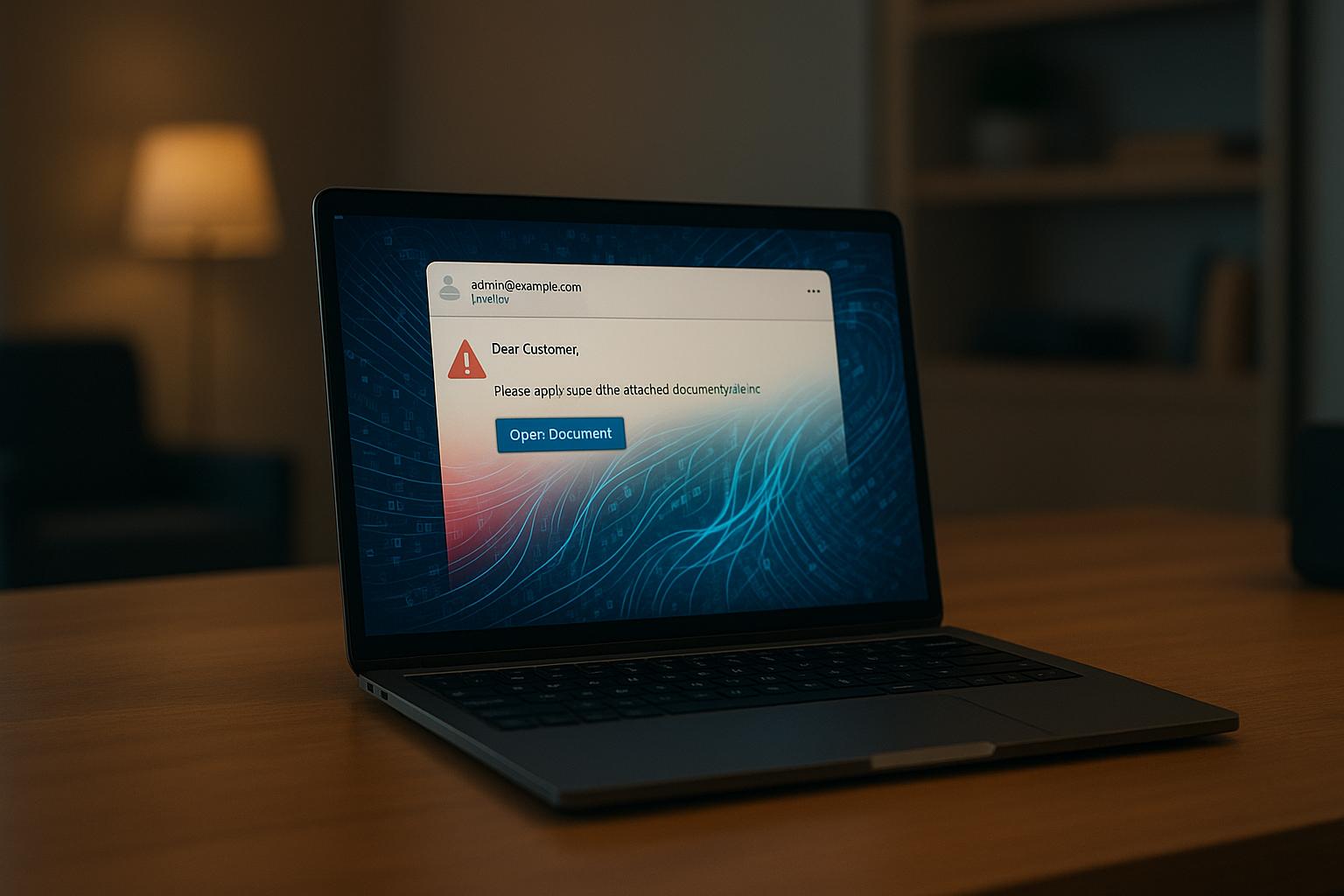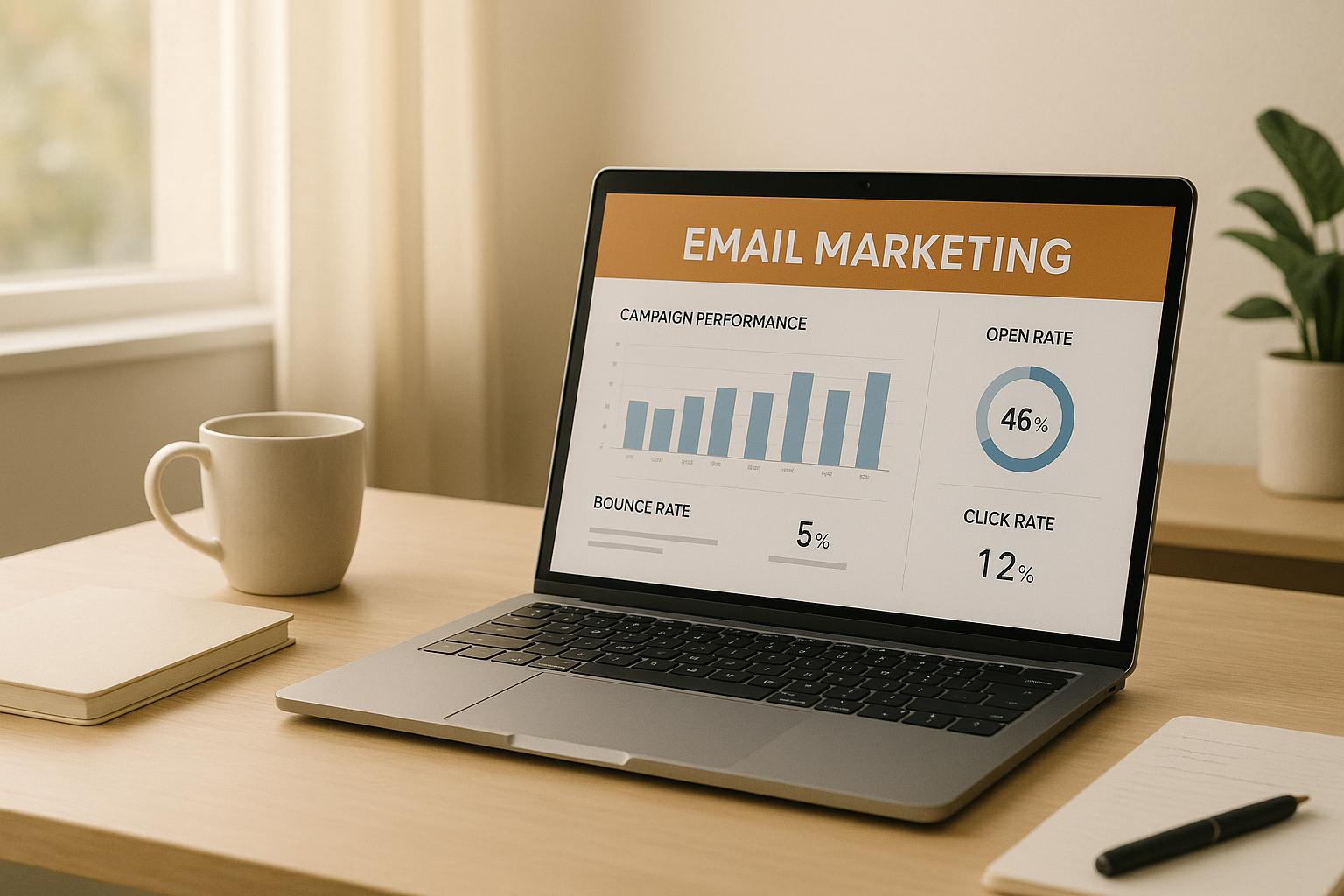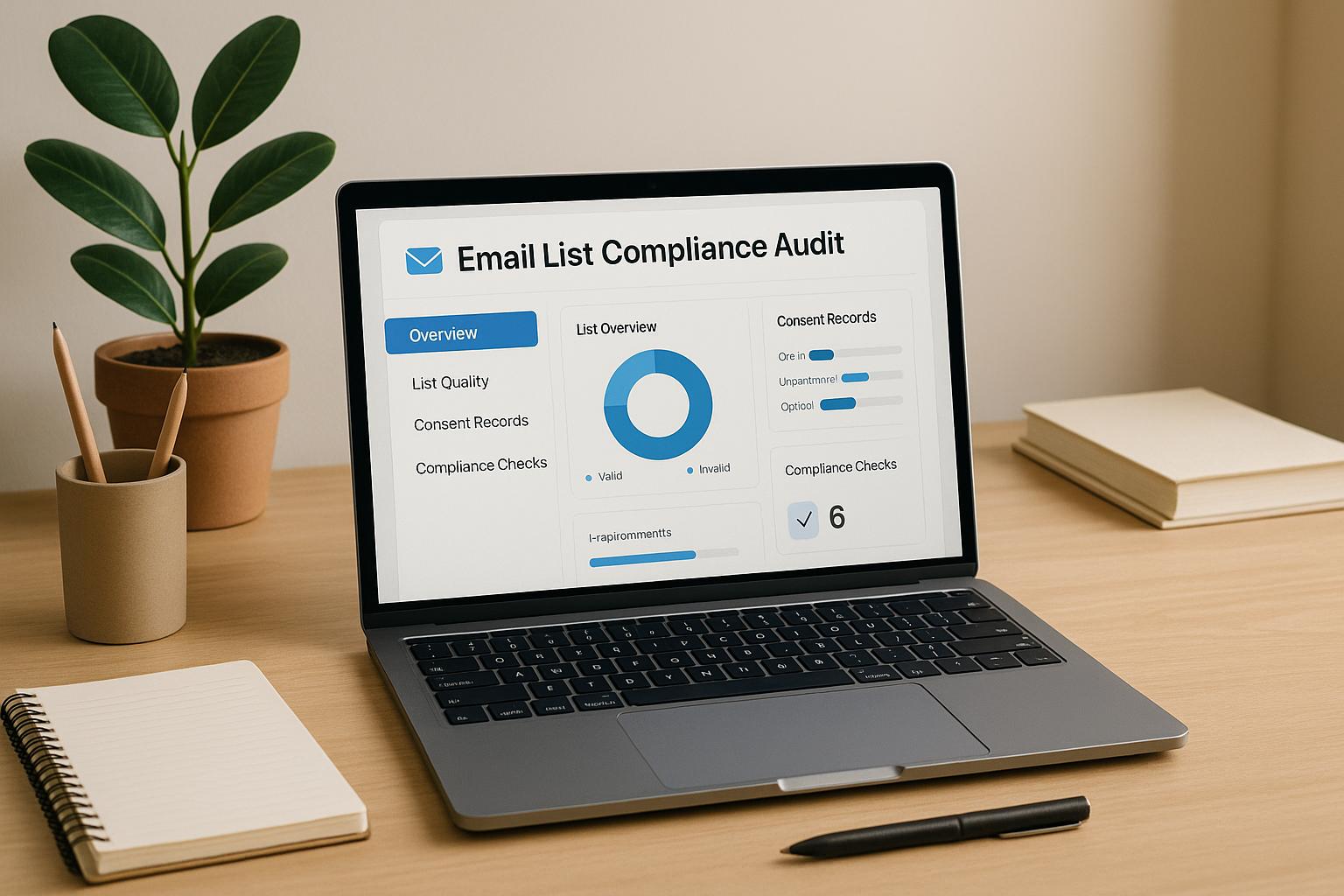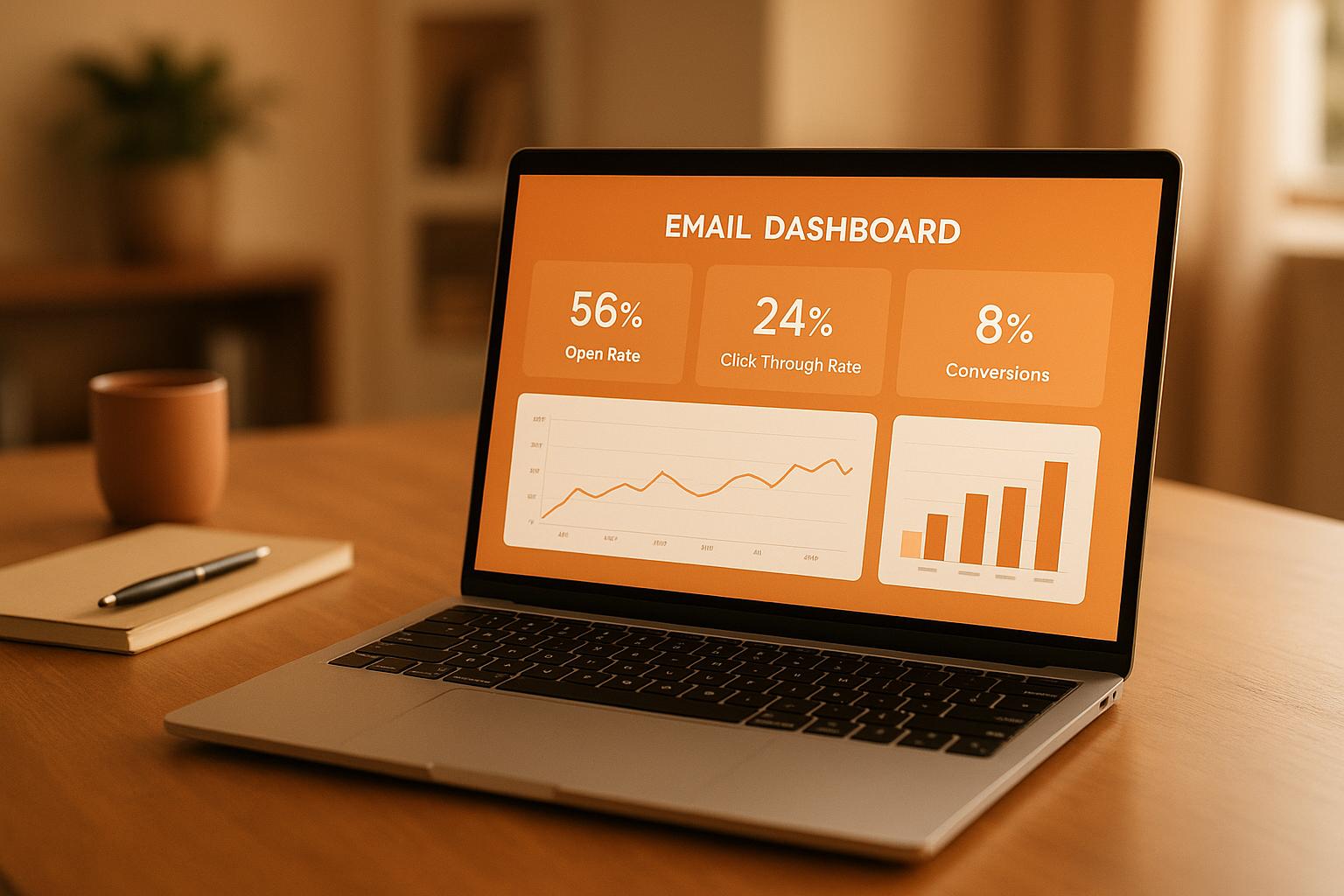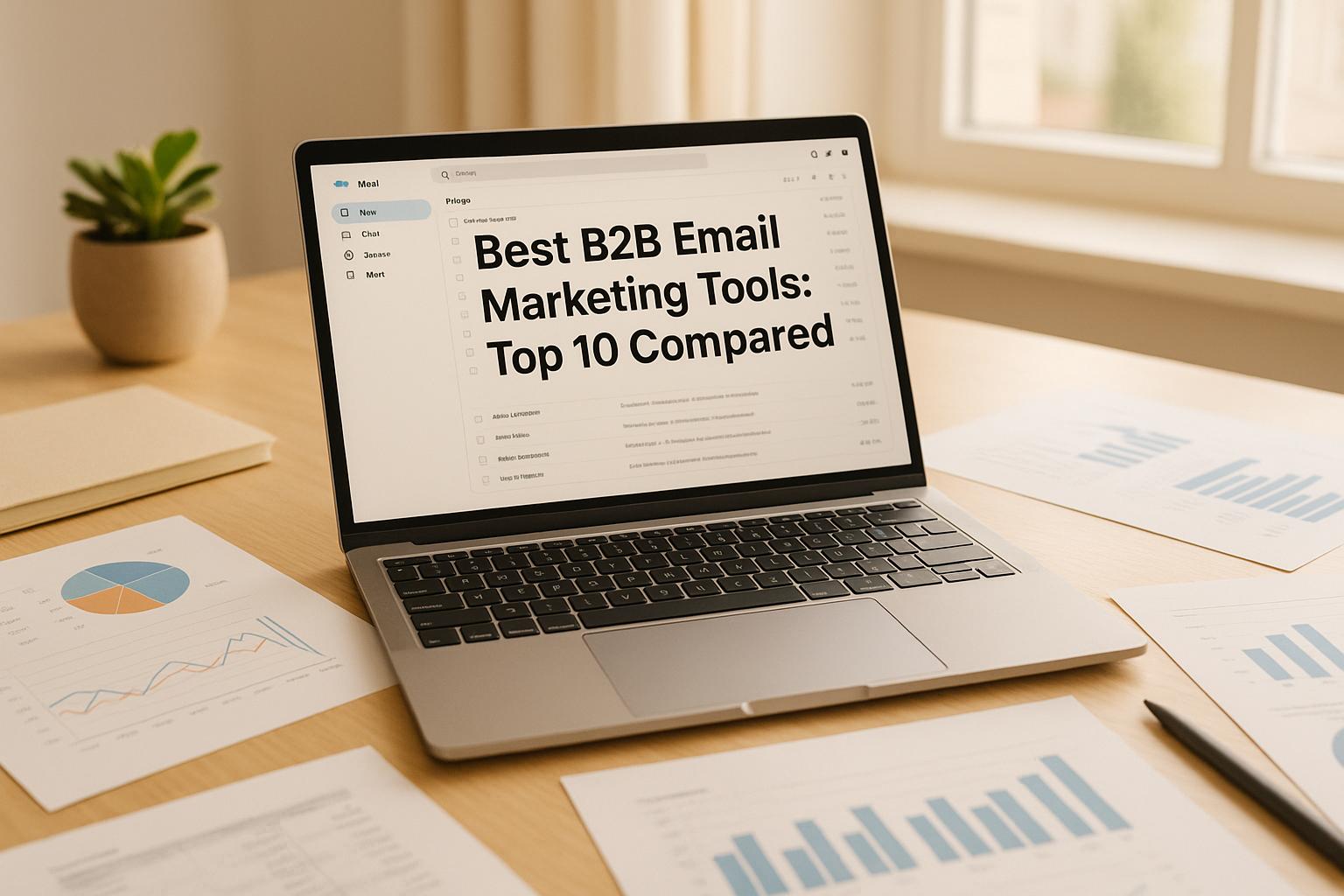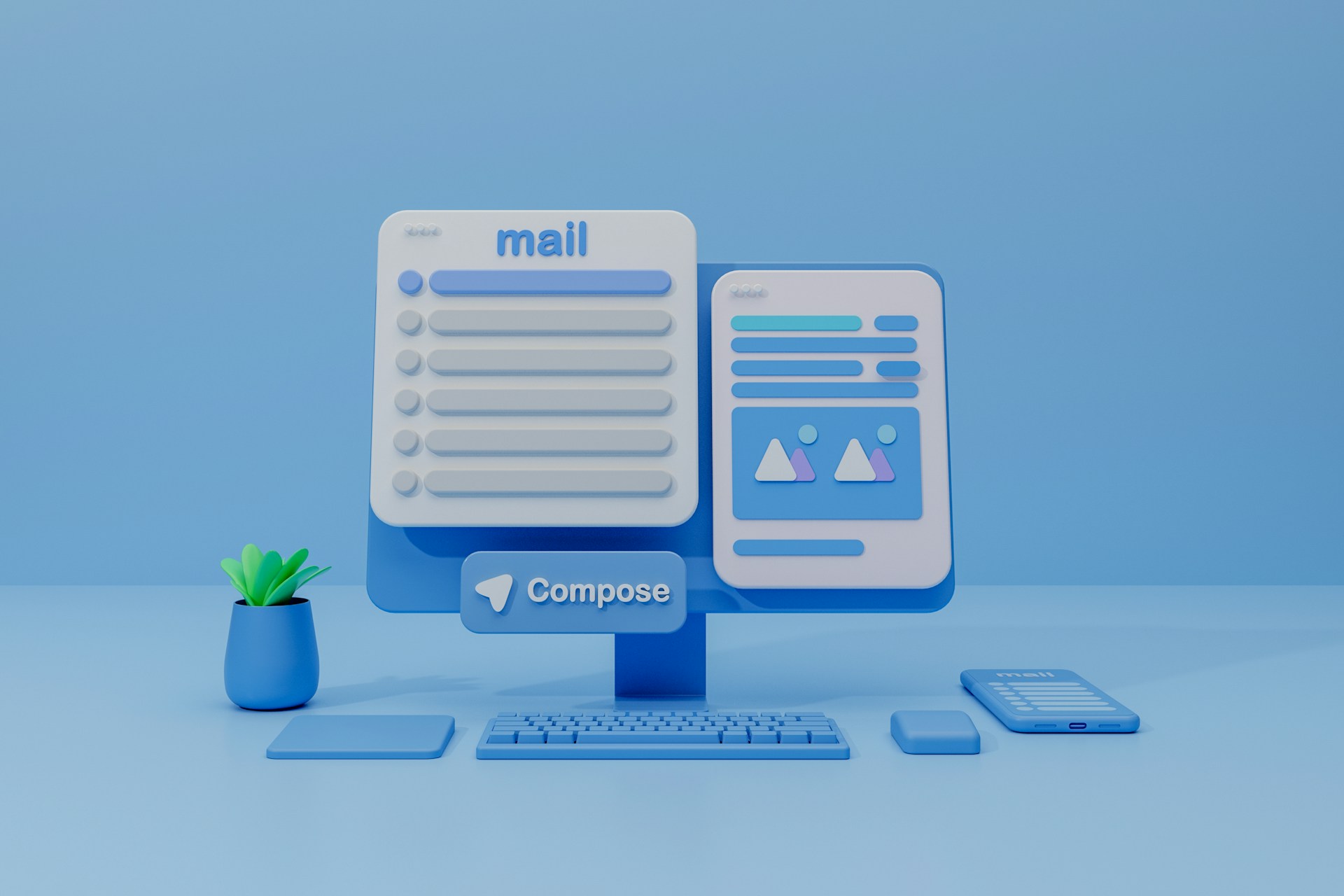Pay Per Lead Email Marketing: Get Quality Leads That Convert

Pay per lead email marketing lets you pay only for results—real, qualified leads that match your ideal audience. Instead of spending on opens or impressions, you invest in subscribers who are ready to engage.
This model works especially well for B2B marketers who need predictable ROI from their campaigns. Using a platform like Breaker, you can automate list growth, target high-value prospects, and scale your outreach without manual list-building.
If you’re looking to control costs while growing a list that actually drives sales, keep reading. This article breaks down how pay per lead email marketing works and how to make it deliver real growth.
What Is Pay Per Lead Email Marketing?
Pay per lead email marketing means you pay only when a new lead signs up or shows interest, rather than paying upfront for sending emails. This approach removes budget risk and focuses spending on actual results. You get qualified subscribers instead of just a list of contacts.
This method changes how you manage campaigns and what you measure. It relies on specific tools and tactics to find the right audience and deliver messages that convert.
How Pay Per Lead Differs from Traditional Email Marketing
Traditional email marketing usually charges based on how many emails you send or the size of your list. You pay whether or not recipients engage with your content or become leads. This model makes it hard to predict your return on investment (ROI).
Pay per lead marketing charges based on actual results: leads generated. You only pay for emails that bring in a subscriber who fits your target audience. This aligns costs with outcomes, so your budget directly supports growth.
You focus on lead quality instead of volume. The emails are crafted and targeted to attract real prospects, reducing waste and improving engagement. Qualified platforms automate list building and validation, making it easier to grow your B2B newsletter with valuable leads.
Key Components of a Pay Per Lead Campaign
A pay per lead campaign relies on several key parts:
- Targeting: Reach the right people based on industry, role, or behavior.
- Lead Capture: Use sign-up forms, gated content, or newsletter subscriptions to gather contact info.
- List Validation: Ensure leads are real and active, avoiding fake or recycled addresses.
- Performance Tracking: Measure which emails and strategies bring in the best leads.
Automation keeps everything running smoothly and scales your efforts without extra work. With a trusted tool, you get hands-off list growth plus email deliverability support, freeing you to focus on content and follow-up.
Benefits of Pay Per Lead Email Marketing
Pay per lead email marketing lets you pay only for real business contacts, not guesses or clicks. It helps you control your budget, reach the right audience, and track results clearly. You get more value from every dollar spent.
Guaranteed ROI and Cost Control
With pay per lead, you pay only when a qualified lead signs up or shows real interest. Your budget goes to actual potential customers, not just impressions or open rates. You avoid wasting money on uninterested contacts.
You can predict costs clearly. For example, if leads cost $1.50 each, you know exactly how much to spend for the number of leads you want. This keeps your expenses aligned with your goals.
This pricing model reduces financial risk. You get direct, measurable returns, making it easier to compare campaigns and decide where to invest more.
Targeted Lead Acquisition
Pay per lead focuses on getting you the right people, not just any contacts. Campaigns target specific industries, job titles, or company sizes, so your leads match your ideal buyer profile.
This targeting saves time for you and your sales team. Instead of sorting through unqualified contacts, you get high-value prospects who are more likely to convert.
Some platforms automate this targeting. Their system finds and verifies B2B subscribers who want to hear from you, ensuring your list grows with relevant, engaged leads.
Enhanced Campaign Tracking
Since you pay per lead, every result is tracked from email send to sign-up. This clear data lets you see which messages and lists perform best, helping you improve your campaigns.
You can track metrics like open rate, click rate, and conversion rate side by side. This lets you optimize subject lines, content, and targeting based on real outcomes.
With transparent tracking, you avoid spending on guesswork. You get a clear picture of your email marketing’s effectiveness and can make smarter, faster decisions for growth.
How Pay Per Lead Email Marketing Works
Pay per lead email marketing is about paying only for actual leads, instead of guesses or clicks. To make this model work well, set clear criteria for what counts as a lead, find the right email marketing partners, and run checks to ensure lead quality. These steps help you get real prospects who are more likely to engage or buy.
Setting Up Lead Qualification Criteria
Define exactly what a lead means for your business. This might include job title, company size, industry, or location. Being specific helps avoid paying for irrelevant contacts. For example, if you sell software to SaaS companies, your lead criteria might target decision-makers like CTOs in companies with 50+ employees.
Make these rules clear upfront. Include details like valid email formats, business domains, and willingness to be contacted. Without strict criteria, you risk wasting budget on low-quality or fake leads. Using a top platform can help automate this by filtering your list to meet your unique specifications.
Partnering with Email Marketing Providers
Choose the right email marketing provider. Find a partner who can send emails and help grow a list of leads that match your criteria. Some platforms specialize in B2B subscribers and handle deliverability, targeting, and list growth.
Look for providers offering hands-off automation and predictable pricing, so you know what you’re paying for each lead. Breaker, for example, uses automated workflows to build your list with engaged B2B prospects at a transparent $1.50 per subscriber. This removes guesswork and lets you focus on closing deals.
Lead Validation and Verification Process
Validate leads to avoid paying for bad or fake contacts. Check email addresses for deliverability, accuracy, and engagement potential. Remove spam traps, bounces, and outdated info from your list.
Use real-time email verification and engagement scoring based on past interactions. The more thorough the validation, the higher the chance that leads are genuine and interested. Reliable platforms manage this automatically, saving you time and improving ROI by delivering verified, actionable leads.
Strategies for Effective Pay Per Lead Campaigns
To get the most from pay per lead email marketing, focus on targeting the right audience, writing clear and attractive emails, and making it easy for readers to take action. These steps help you get more quality leads while keeping costs under control.
List Segmentation and Personalization
Split your email list into groups based on factors like industry, job role, company size, or past engagement. This lets you send messages that feel relevant to each segment, increasing open and click rates. For example, a SaaS consultant might get different content than an agency owner.
Personalize your emails by including the recipient's name or company and tailoring the offer to their needs. Personalized emails get 26% higher open rates and 14% more clicks on average.
They help automate segmentation and keeps your list clean, so you reach the right people consistently. Focus on quality contacts who are a good fit for your offer.
Crafting Compelling Email Content
Your email content must be clear and focused. Start with a strong subject line that highlights the benefit or solves a problem. Keep your message short and to the point, explaining what you offer and why it matters.
Use bullet points to list key benefits or features. This makes your email easy to scan and highlights what the lead gains by signing up.
Avoid jargon or complicated language. Buyers respond better to simple, direct messages that address their pain points. Include social proof like customer quotes or case studies if you have space.
Break content into small paragraphs for easier reading. Use a friendly but professional tone, and always include a clear next step.
Optimizing Call-to-Action for Lead Generation
Your call-to-action (CTA) tells readers what to do next. Use action words like “Download Now,” “Get Your Free Guide,” or “Claim Your Spot.” Make the CTA button or link stand out visually.
Place CTAs in multiple spots if your email is long, but don’t overdo it. One strong CTA near the top and another at the bottom generally works well.
Make sure the landing page connects directly to your offer and loads fast. Track clicks and conversions to refine your CTAs over time.
Their platform ensures your CTAs lead to real subscribers, not just clicks, making pay per lead campaigns more effective.
Measuring Success and Avoiding Common Pitfalls
Track the right data and protect your campaigns from bad leads to make pay per lead email marketing work. You need clear numbers to see what’s driving value and steps to keep your list clean and effective.
Essential Metrics for Performance Tracking
Focus on these key metrics to understand your campaigns:
- Lead Quality: Measure how many leads turn into paying customers or valuable prospects.
- Cost per Lead (CPL): Track what each lead costs you. If the price is too high, adjust your targeting or approach.
- Open Rate: Shows if your subject lines and sender name get recipients to open your emails.
- Click-Through Rate (CTR): Indicates how many people act after opening your email.
- Conversion Rate: The percentage of leads who take a desired action, like signing up or requesting a demo.
Use these metrics regularly to spot trends and improve your campaigns. Platforms like theirs automate tracking and reporting.
Preventing Low-Quality or Invalid Leads
Low-quality leads waste your budget and time. Avoid them by following these steps:
- Use Validation Tools: Ensure email addresses are real and active before paying for the lead.
- Target Your Ideal Audience: Narrow your focus by job title, industry, or company size to get relevant leads.
- Set Clear Lead Criteria: Define what counts as a valid lead upfront to avoid paying for uninterested or unqualified contacts.
- Monitor Lead Behavior: Watch for red flags like repeated bounces or unsubscribes.
- Test Campaigns Gradually: Start small to verify lead quality before scaling spend.
By keeping leads clean and relevant, you protect your ROI and maximize the value from your email marketing.
Why Pay Per Lead Email Marketing Is Worth It
Pay per lead email marketing gives you what most campaigns can’t: control over your costs and confidence in your results. By paying only for verified, high-intent contacts, you eliminate wasted spend and grow a list built for conversion—not just clicks.
This approach works especially well in B2B, where quality trumps quantity. With the right partner, your list becomes a real growth asset—predictable, scalable, and fully aligned with your business goals.
Platforms like Breaker make it easy to launch and manage pay per lead campaigns with automation, targeting, and built-in lead validation. That means less guesswork—and more leads who actually want to hear from you.
Start growing your list today with smarter leads.
Frequently Asked Questions
Pay per lead email marketing means you pay only when a lead takes action, like signing up or requesting info. This approach needs a clear plan, smart tools, and trust in your program’s quality.
How do I structure a pay per lead email marketing campaign?
Define your target audience clearly. Craft emails with a strong call to action and relevant offers. Track every step from send to lead capture to measure success.
Can you provide examples of successful pay per lead email campaigns?
A common example is sending a targeted B2B newsletter that encourages sign-ups for a webinar or whitepaper. Many marketers use platforms to automate this and connect with the right subscribers.
Are there free tools available for managing pay per lead email strategies?
Yes, some free tools help with email design, list segmentation, and tracking. However, free versions often limit automation and lead validation, which can affect your campaign’s efficiency.
What should I consider when signing up for a pay per lead program?
Check the quality of the leads—are they verified and relevant? Understand the pricing clearly and ask about how they handle deliverability. Also, confirm the support and reporting features offered.
Which companies offer the best pay per lead generation services?
Look for platforms that specialize in high-value B2B leads and automate list growth. These services focus on delivering verified subscribers at predictable costs without extra fees.
What are the benefits of joining a pay per lead affiliate program?
You pay only for real leads, lowering risk. These programs focus on quality over quantity. They also offer detailed analytics, which help you improve your campaigns.


